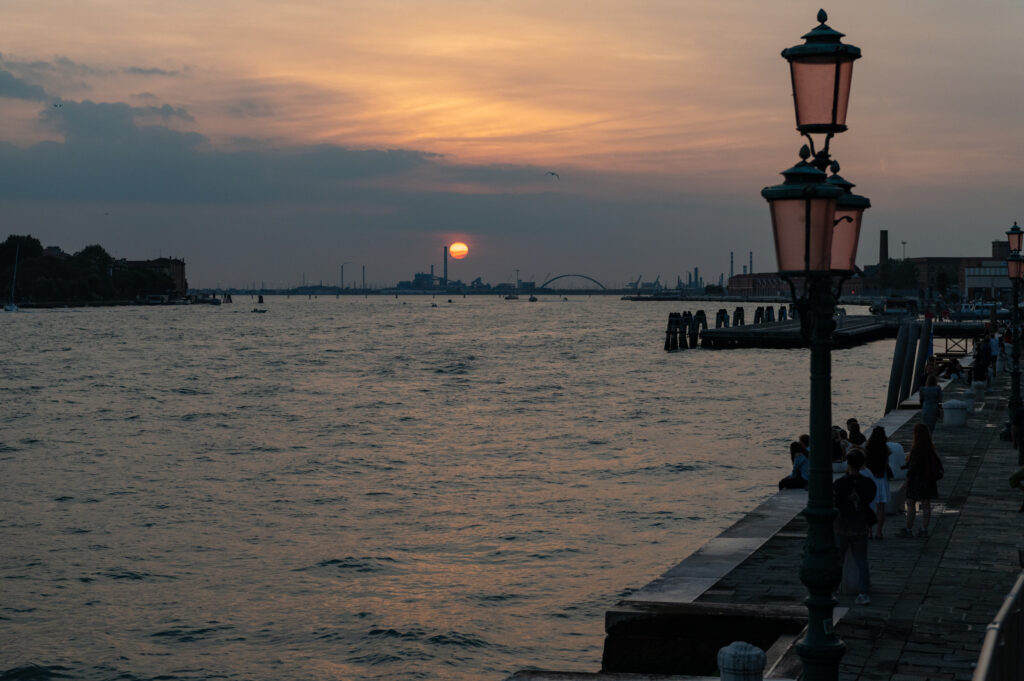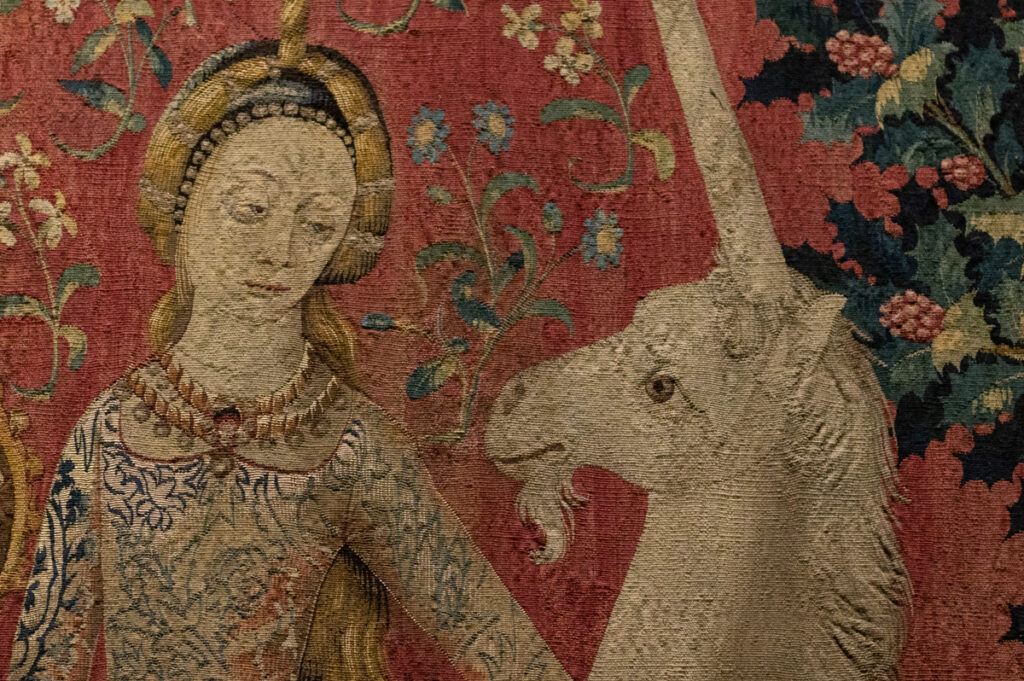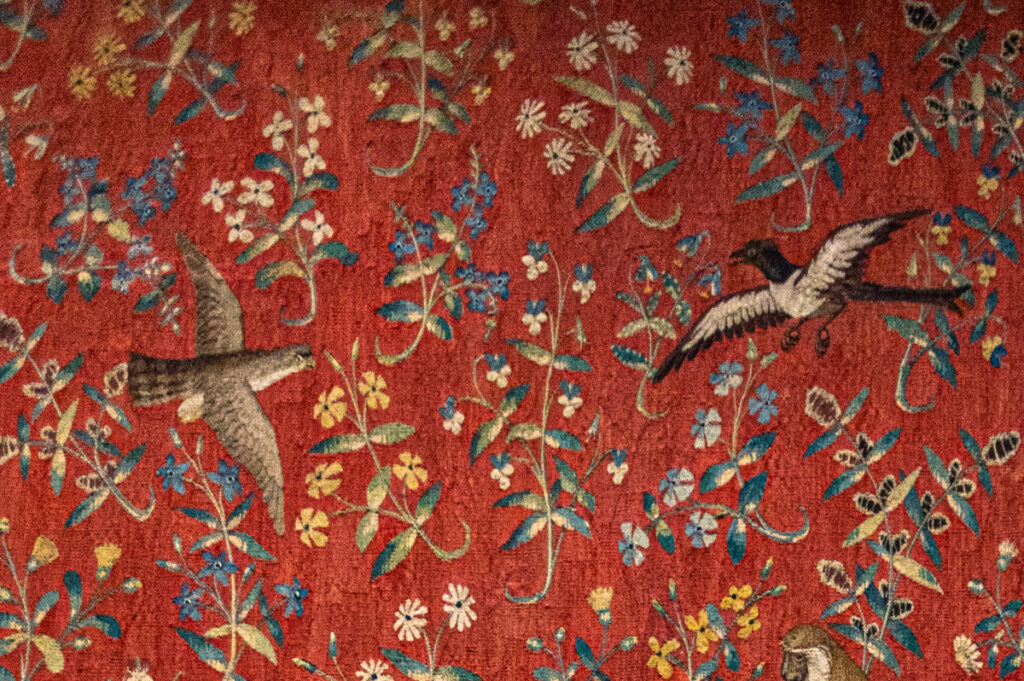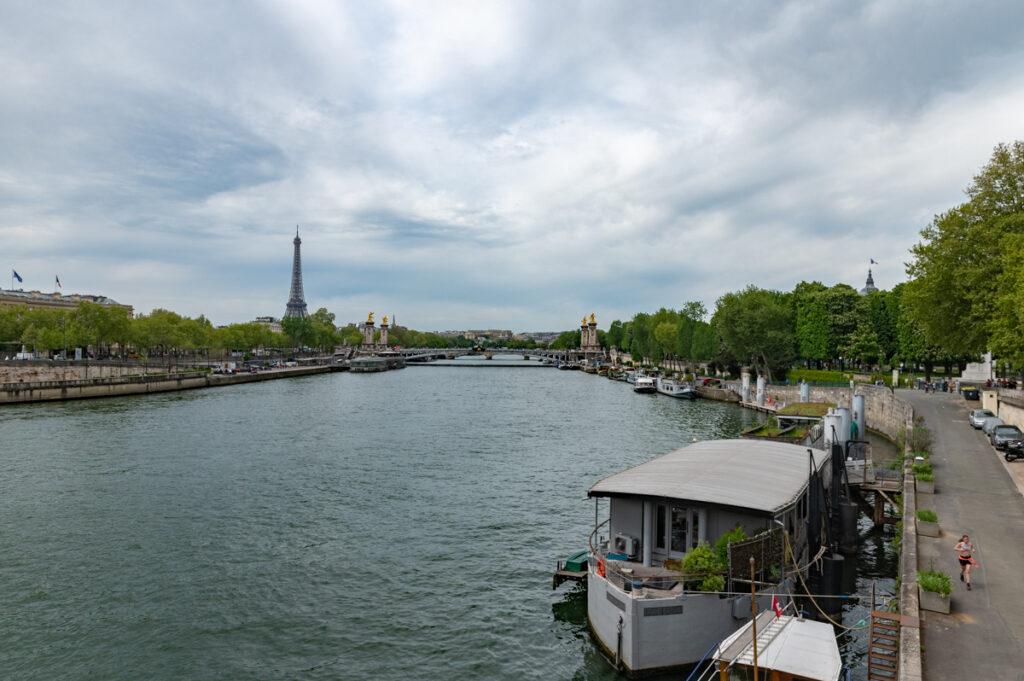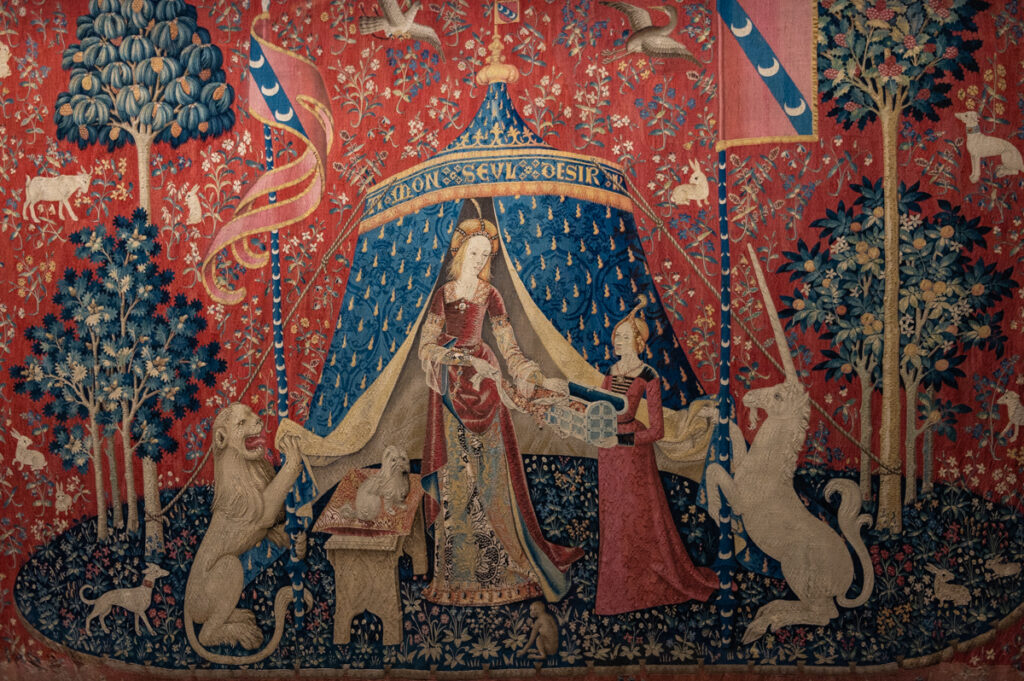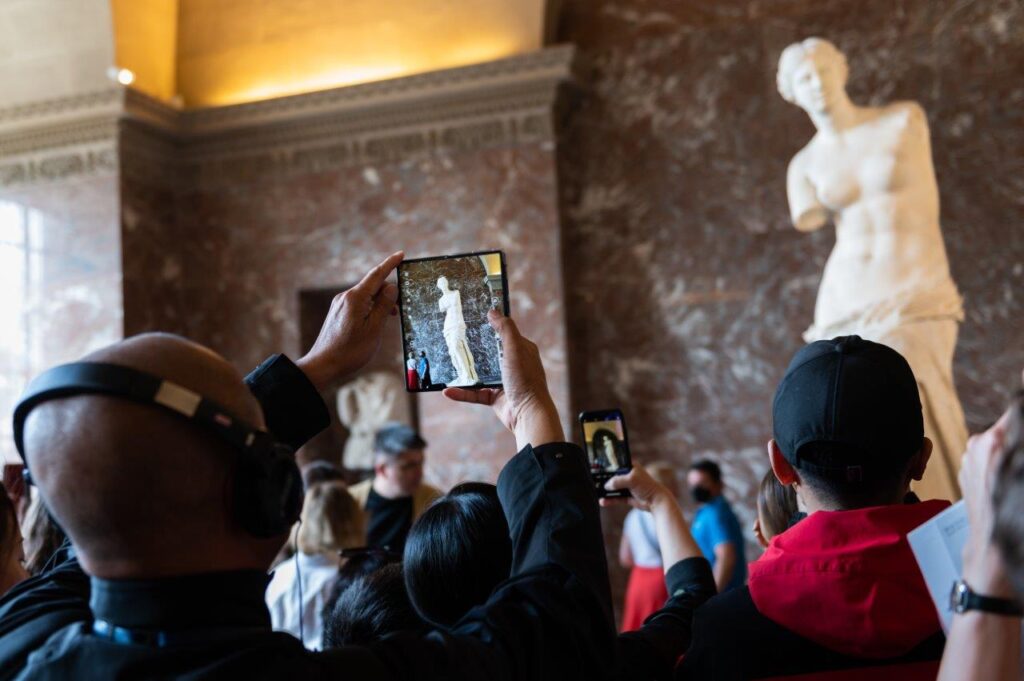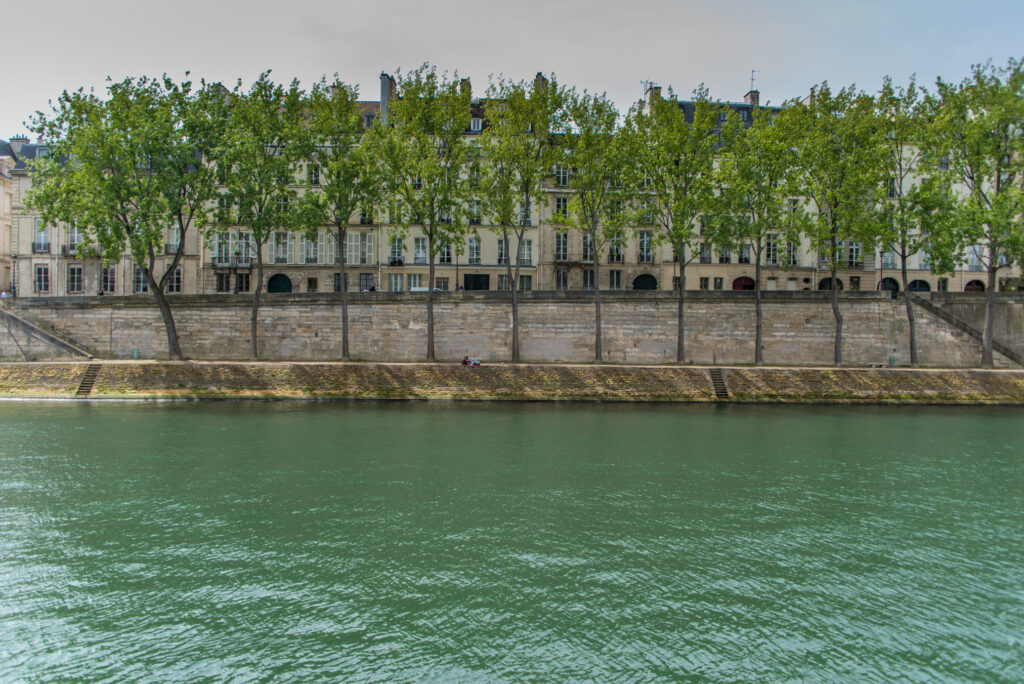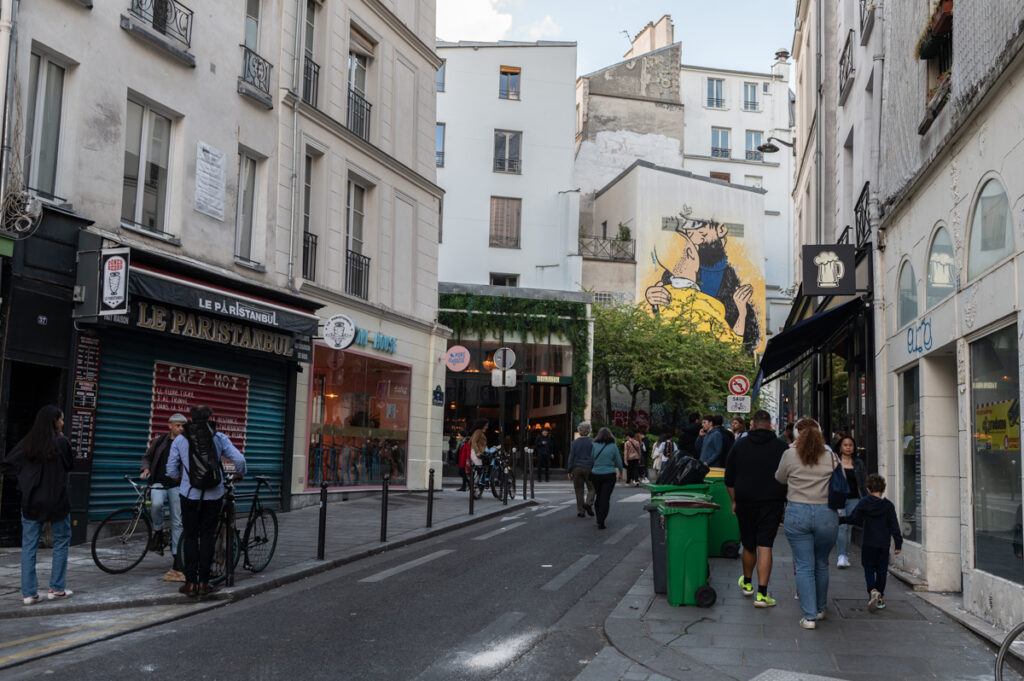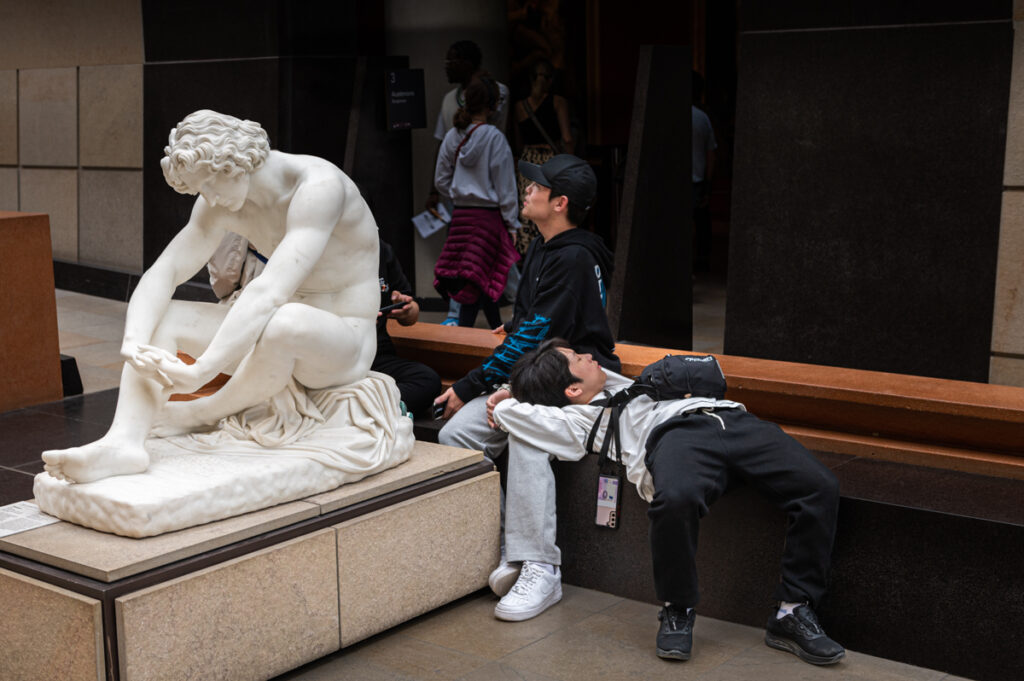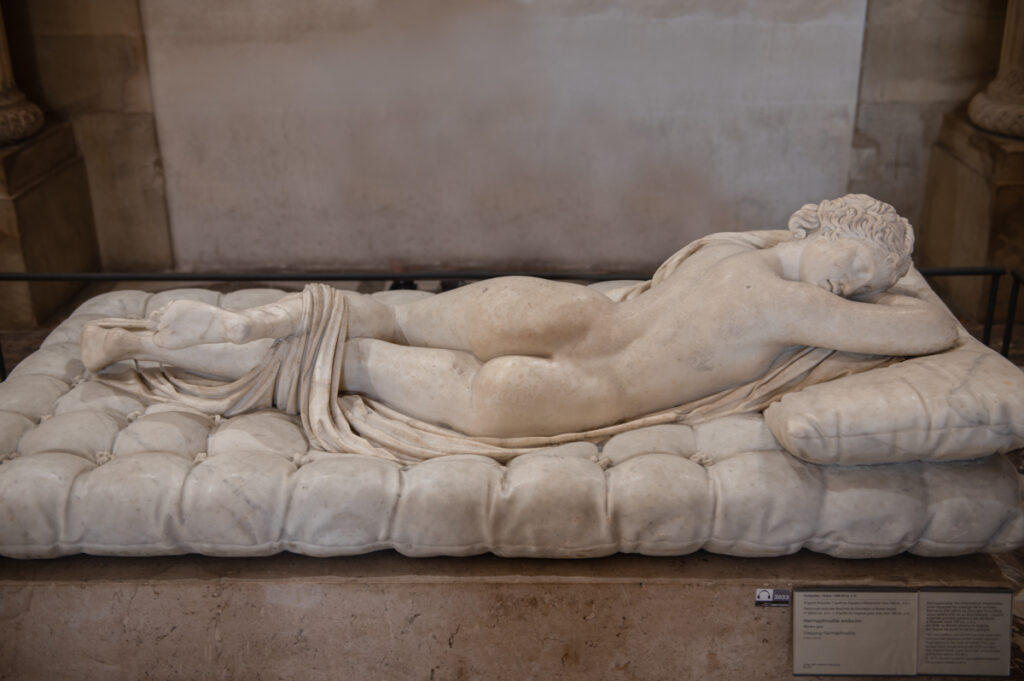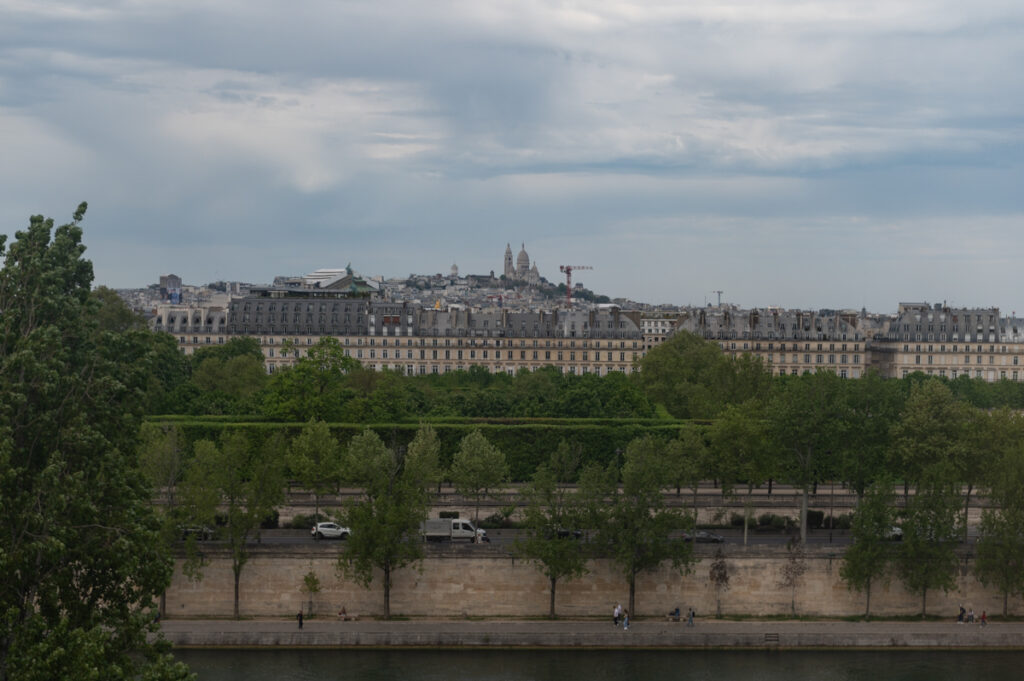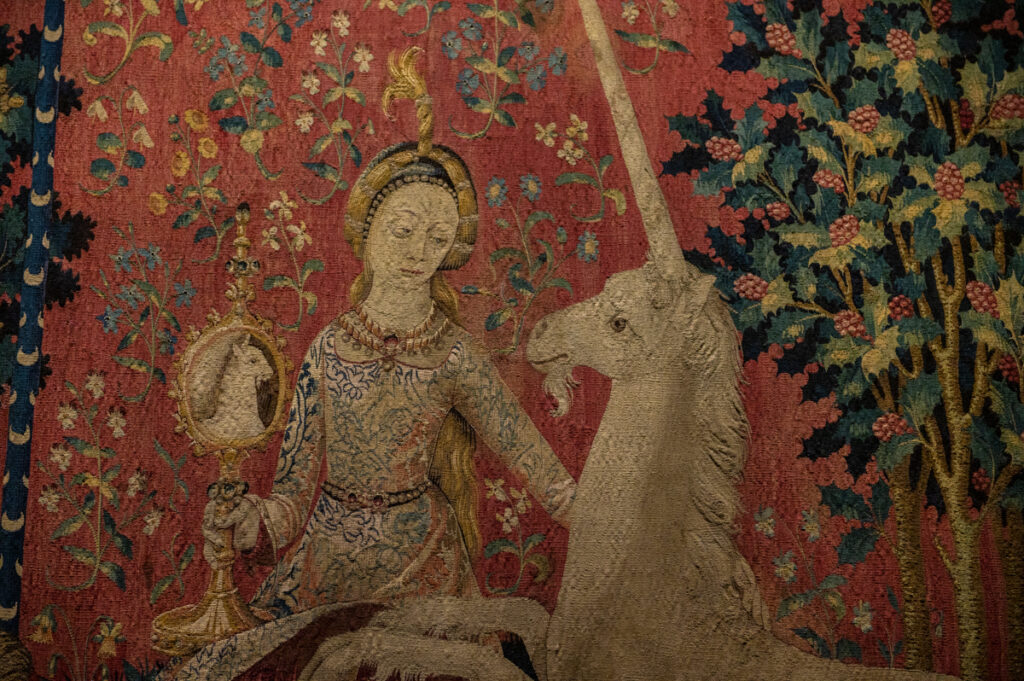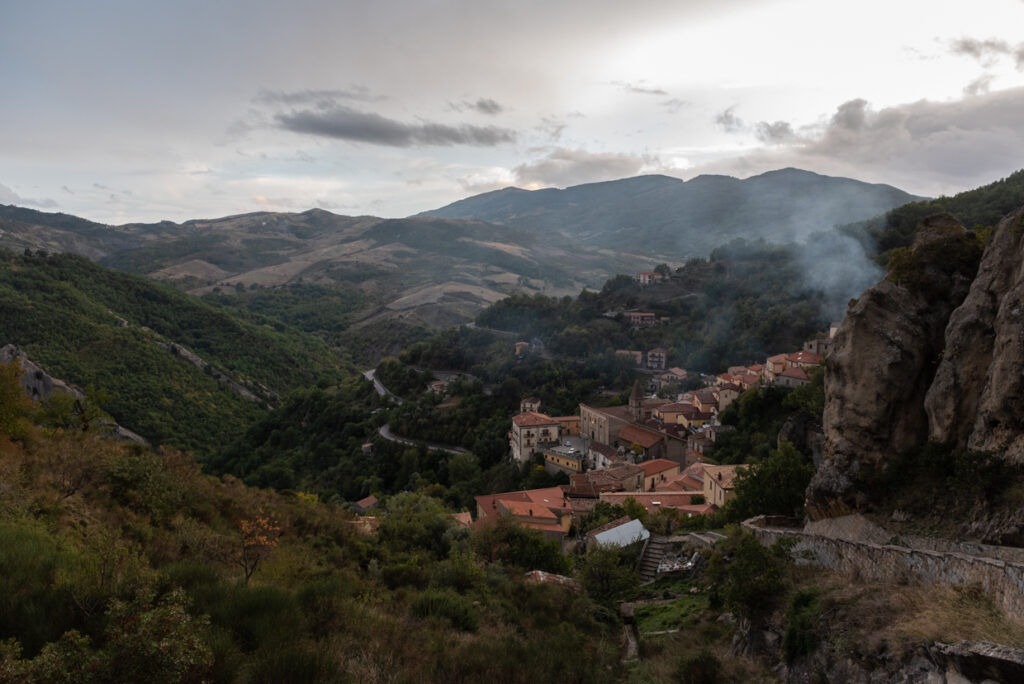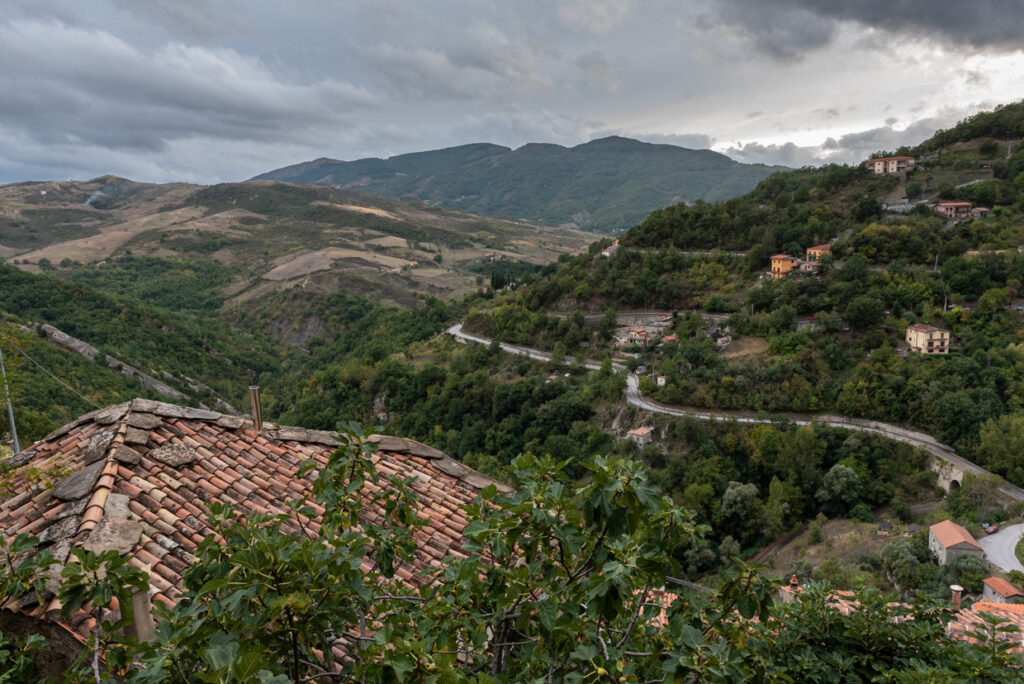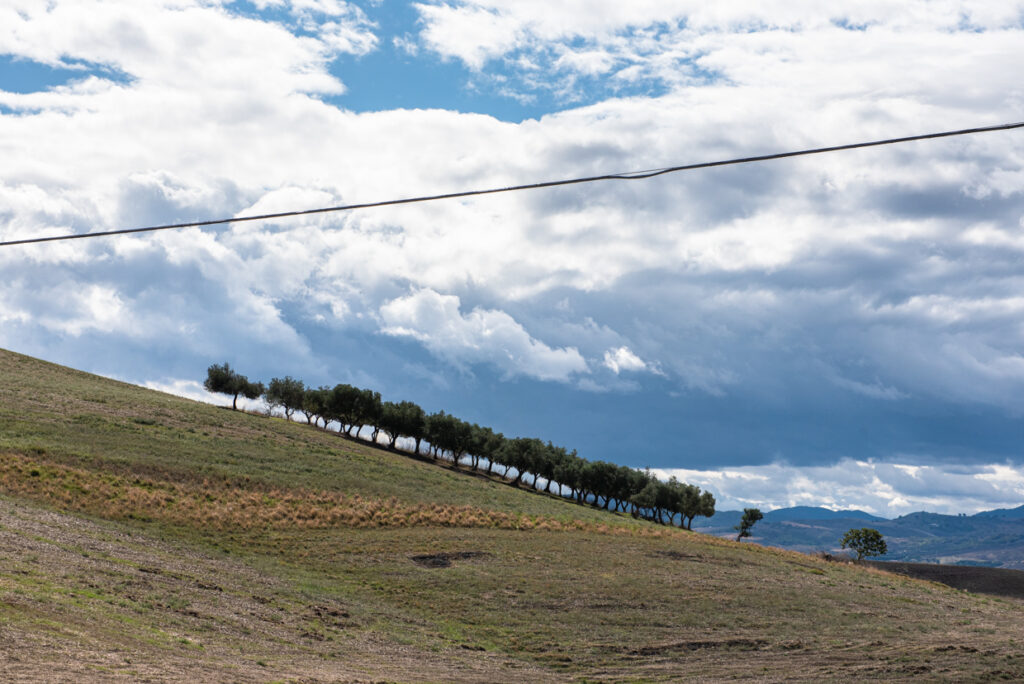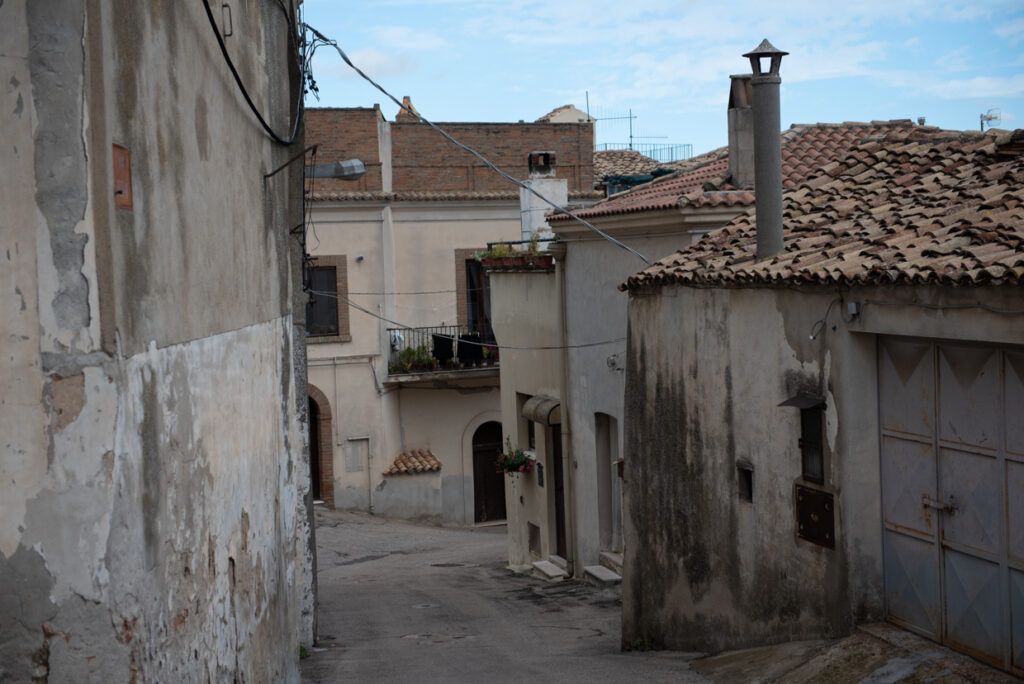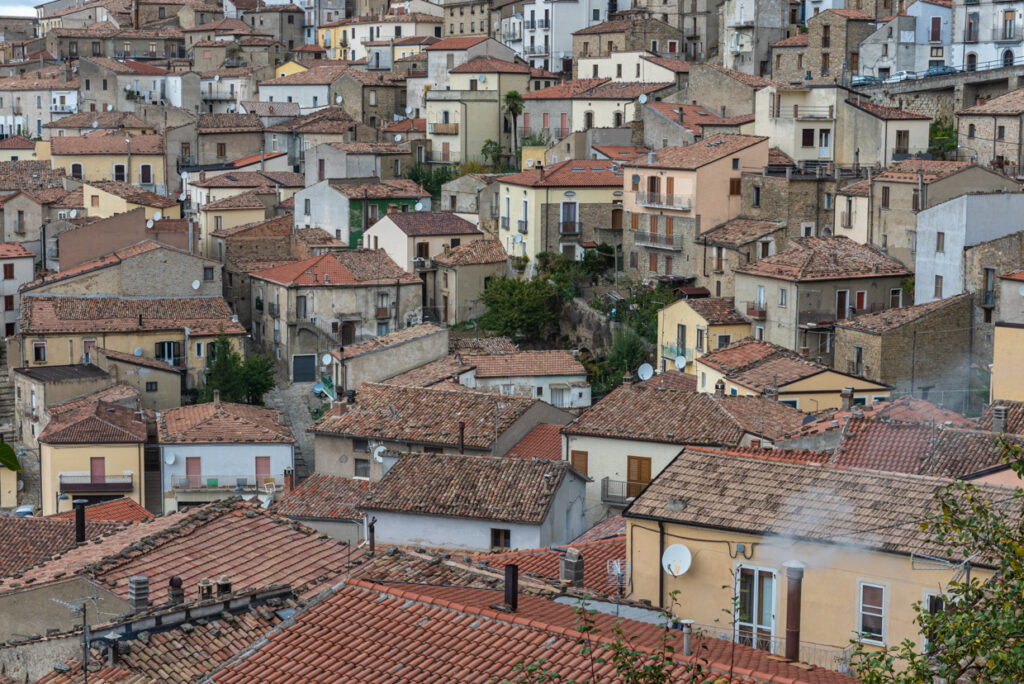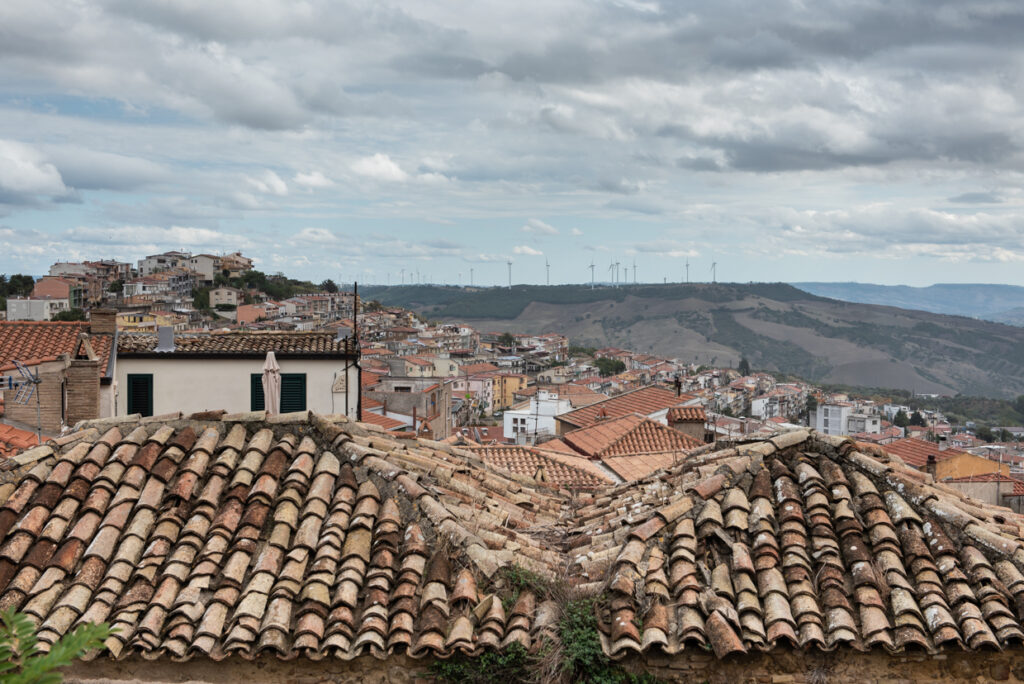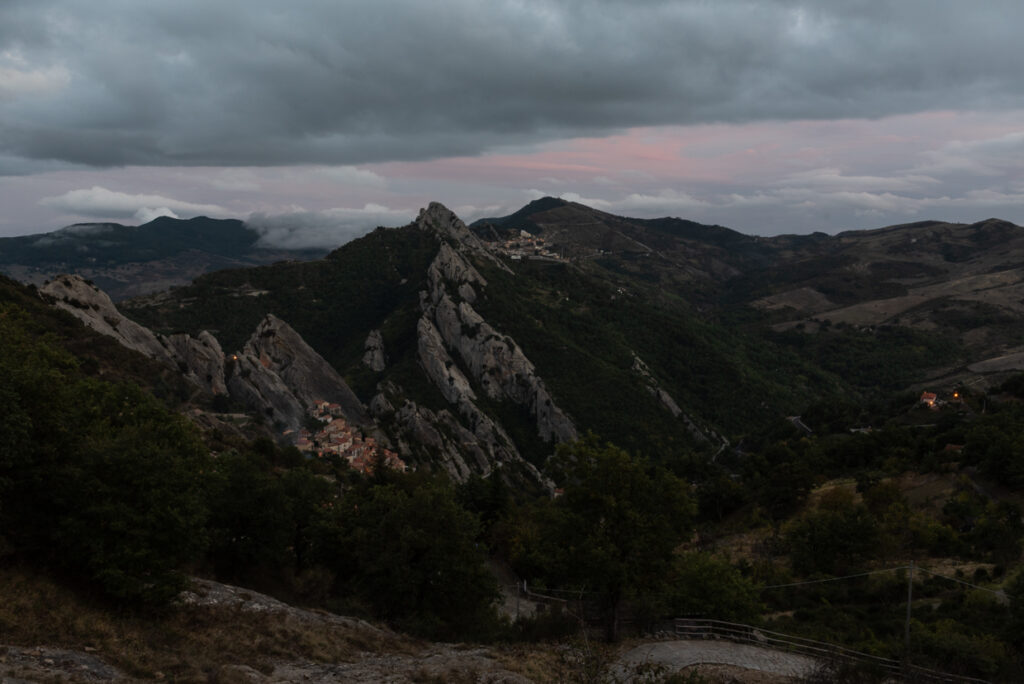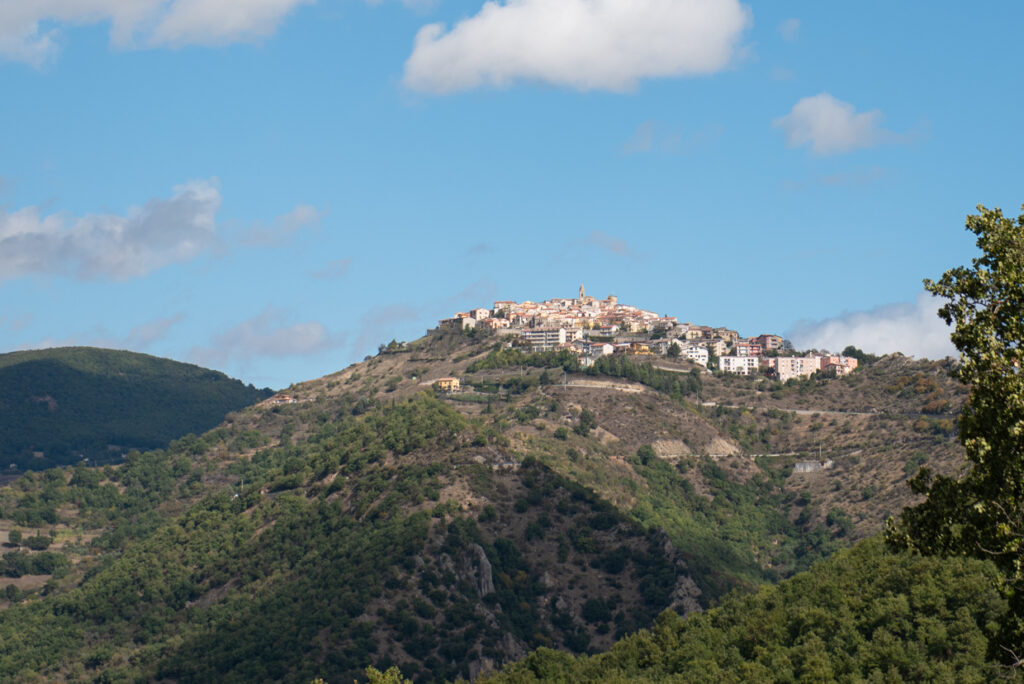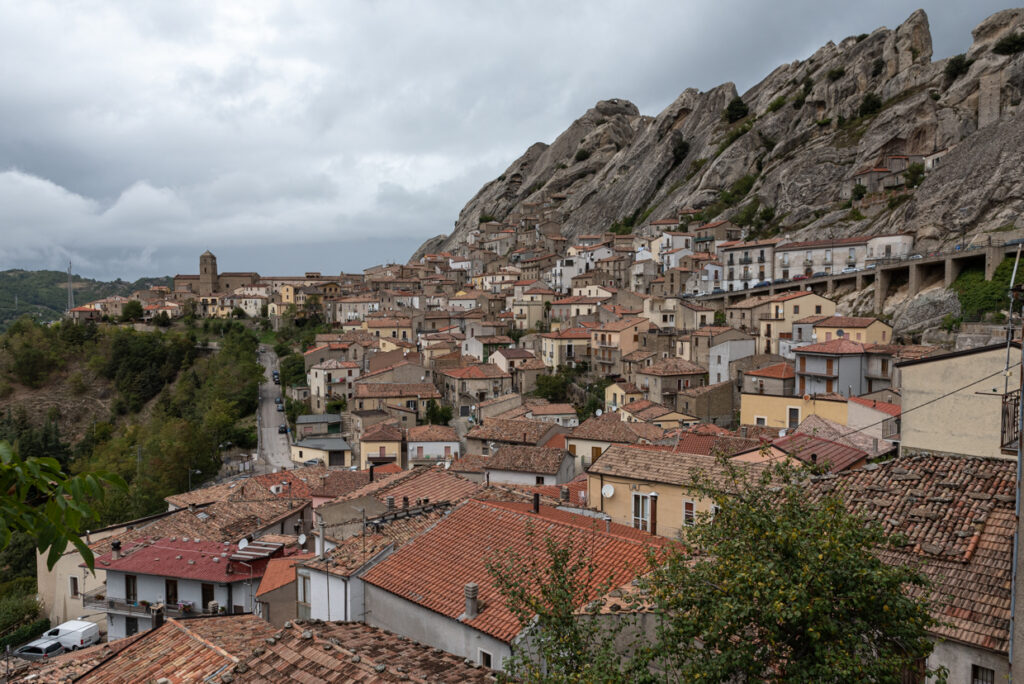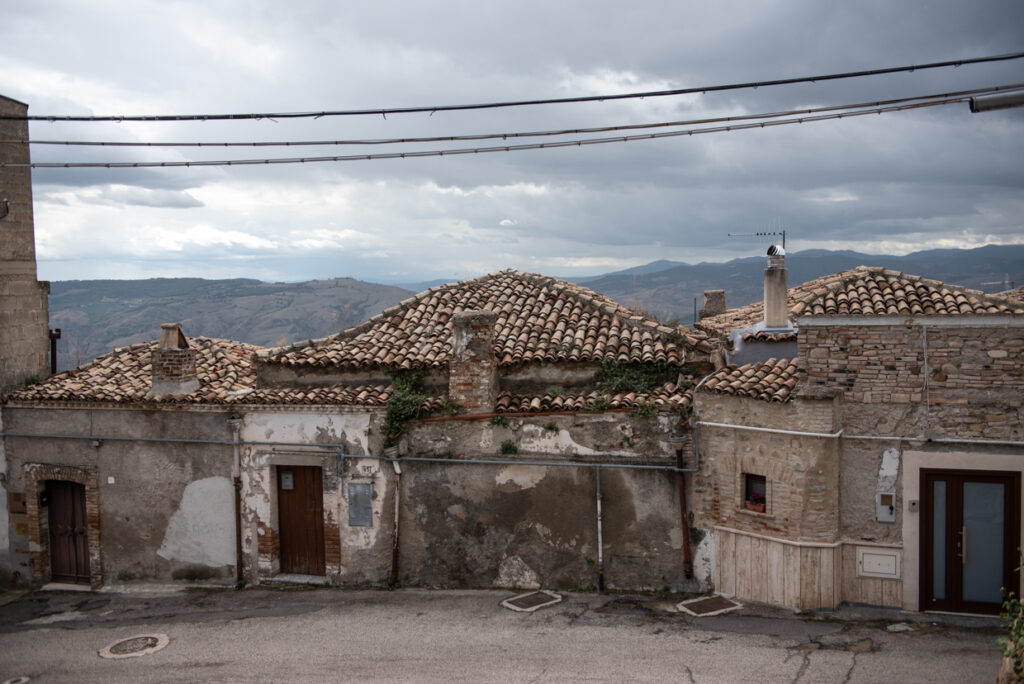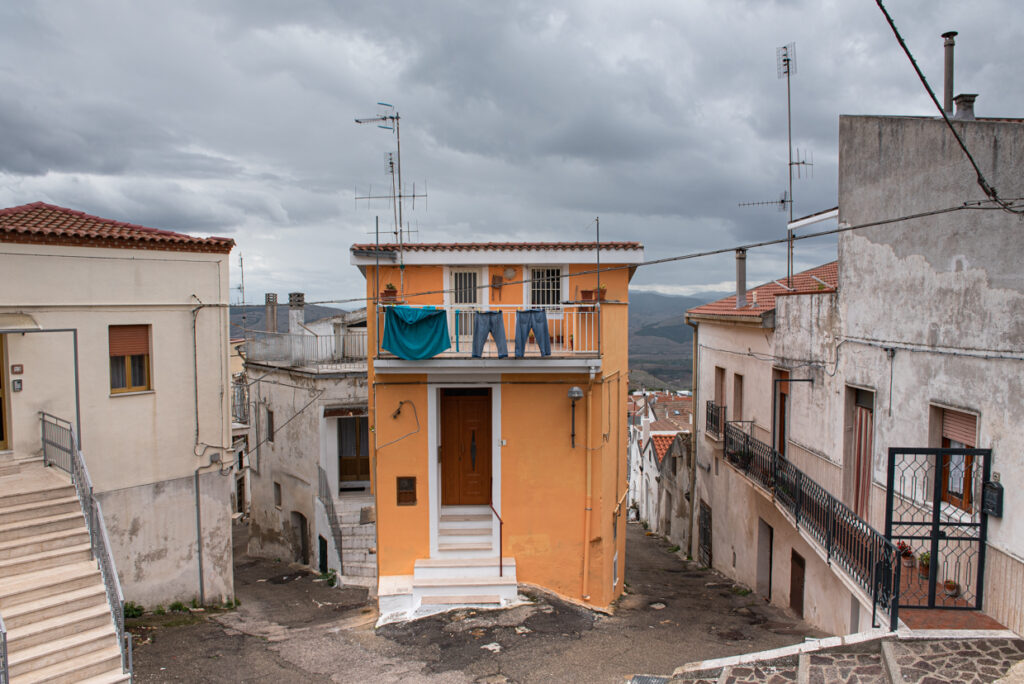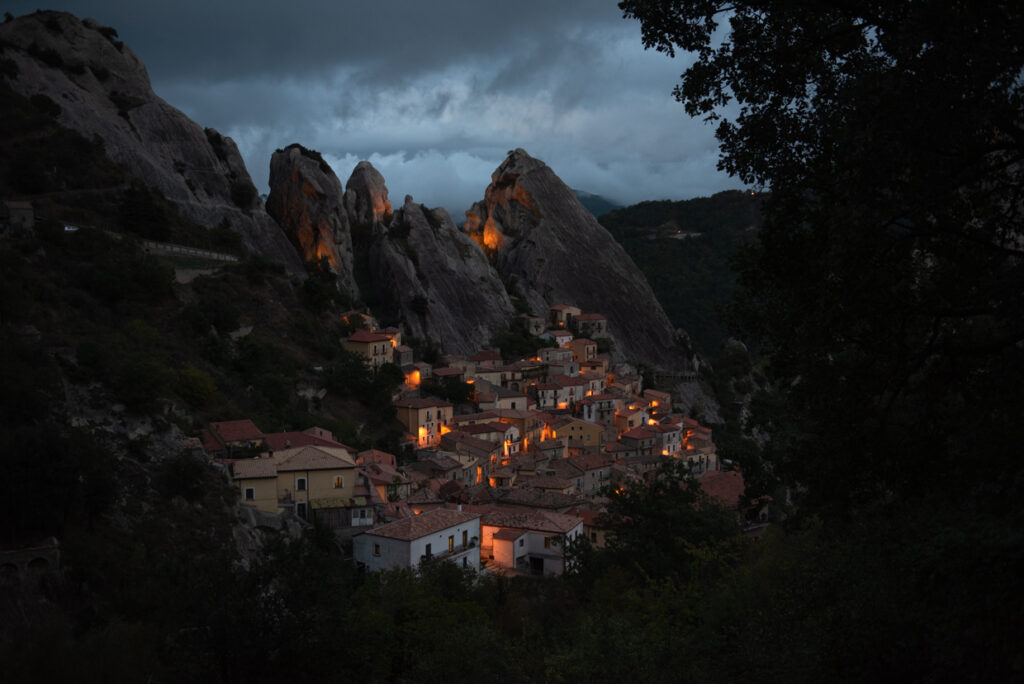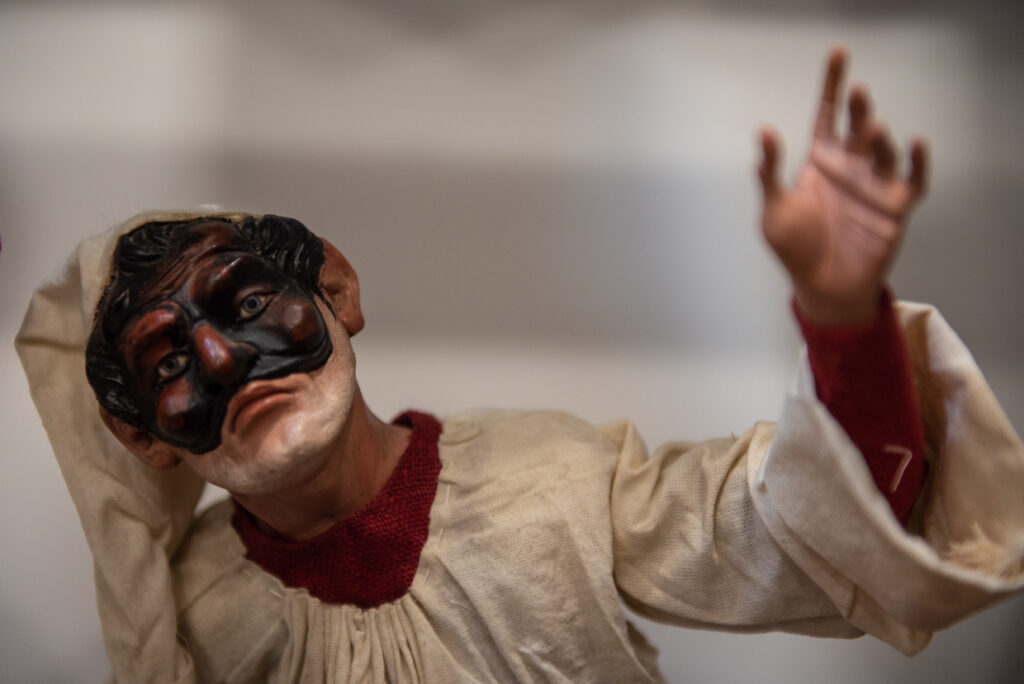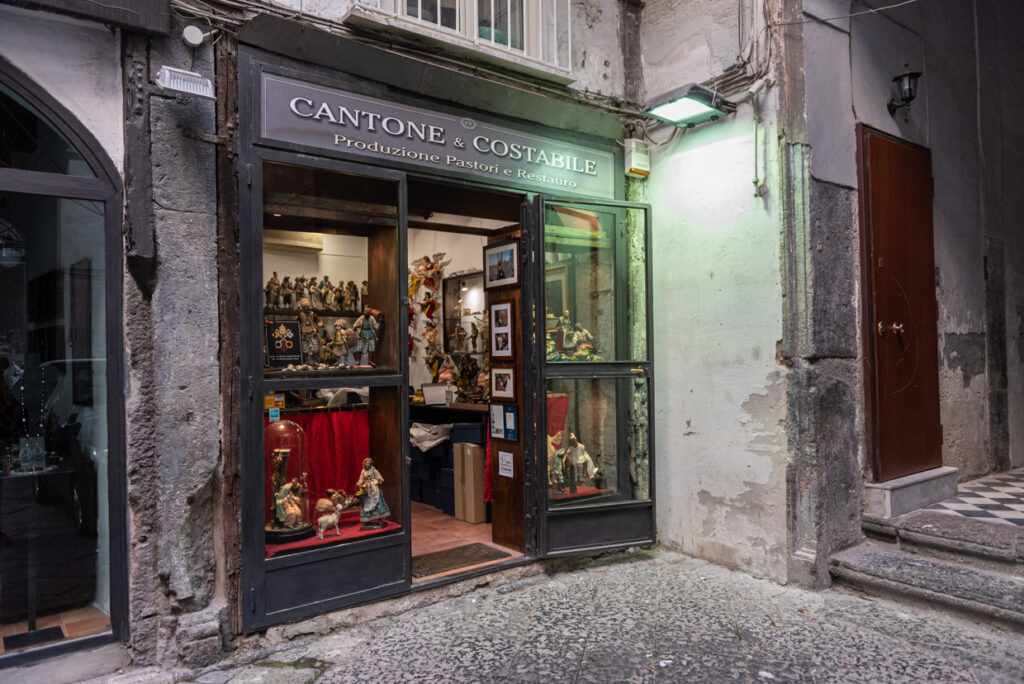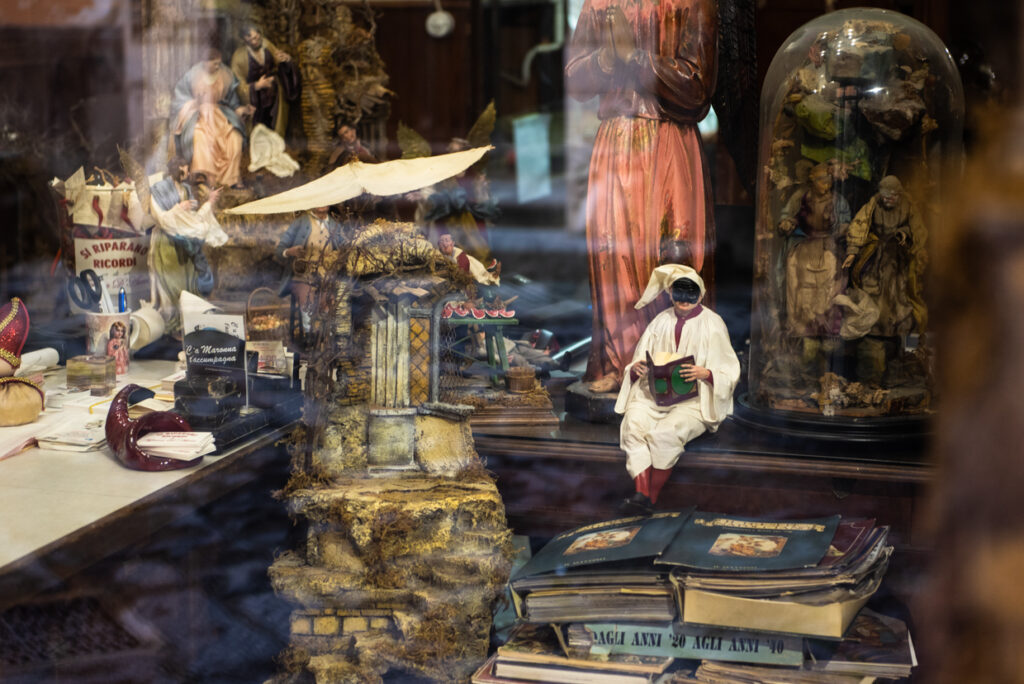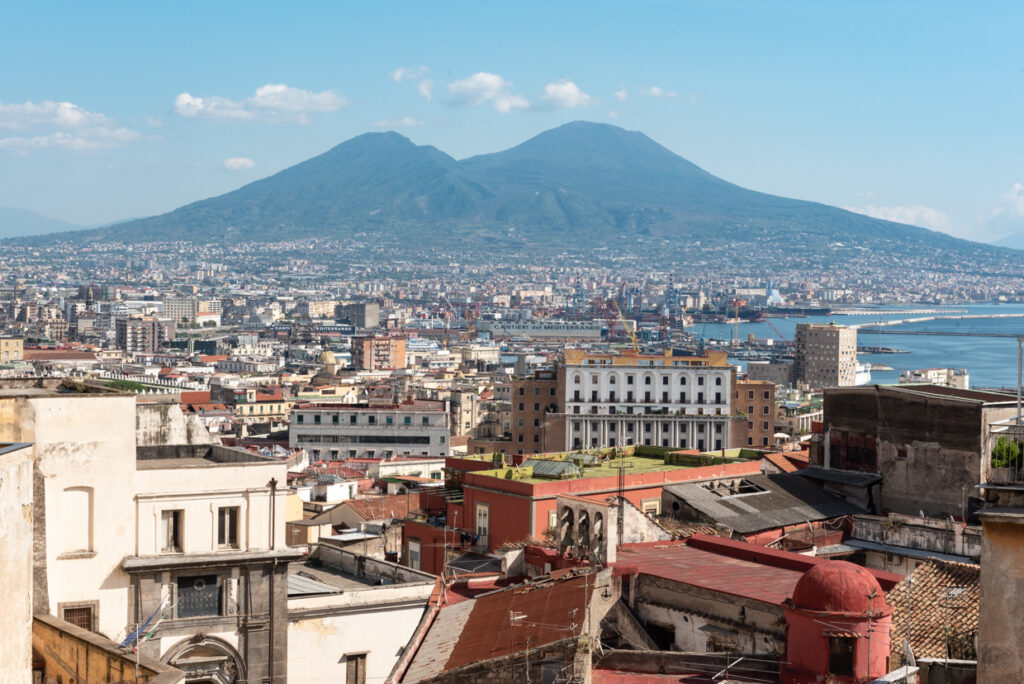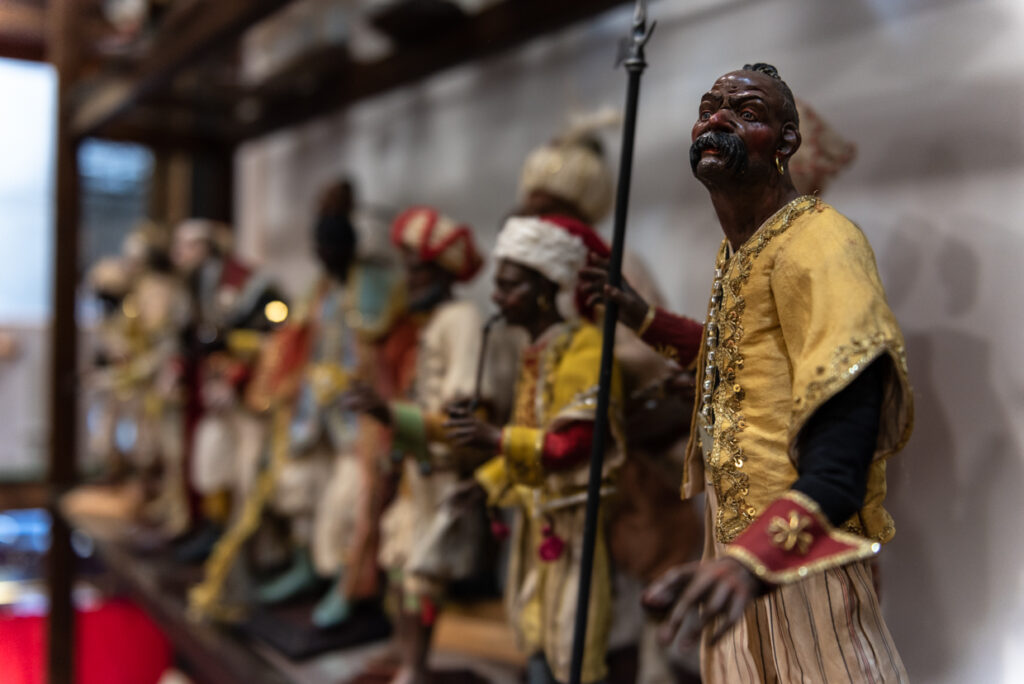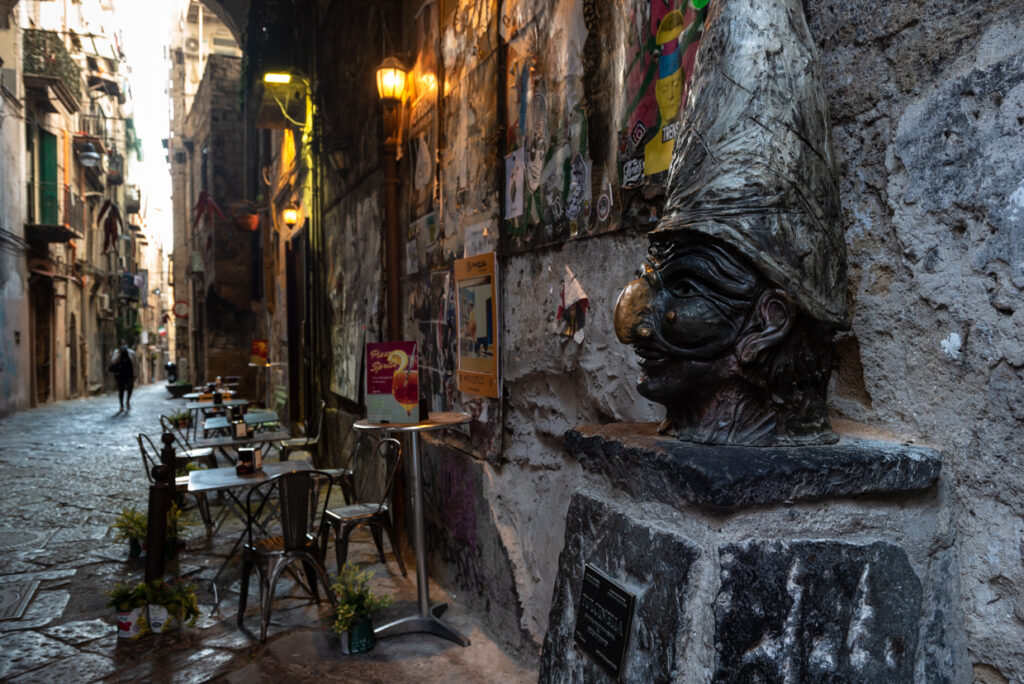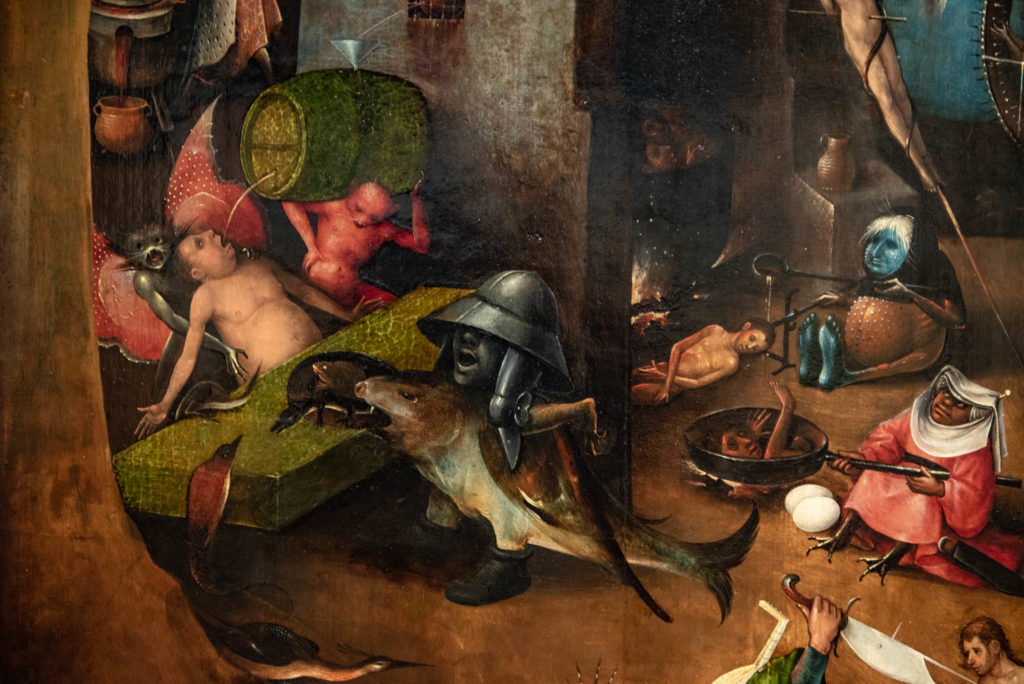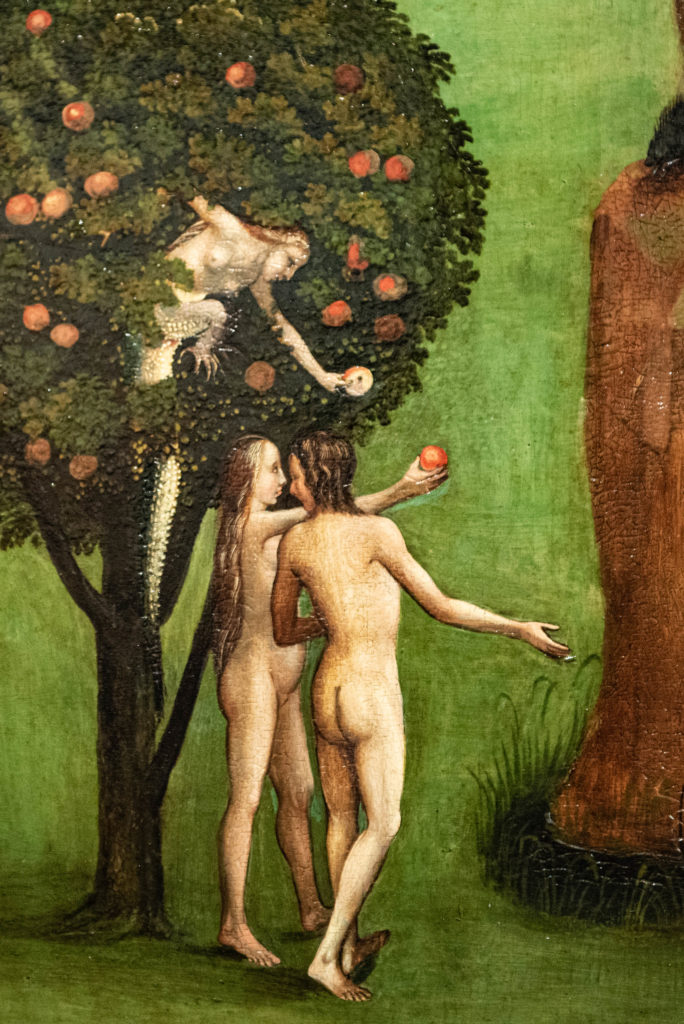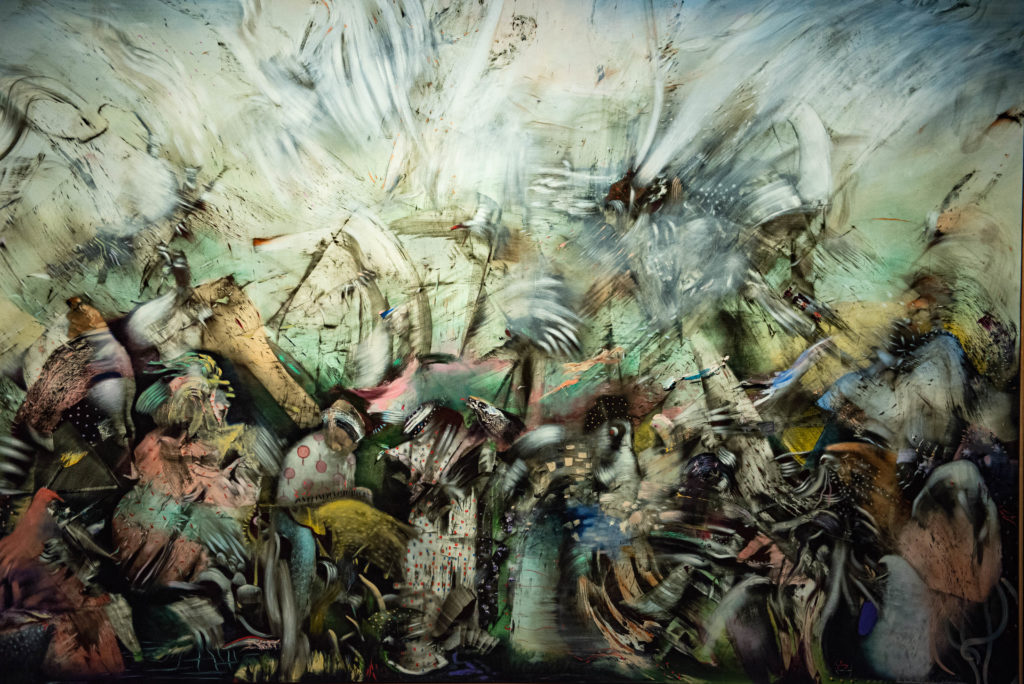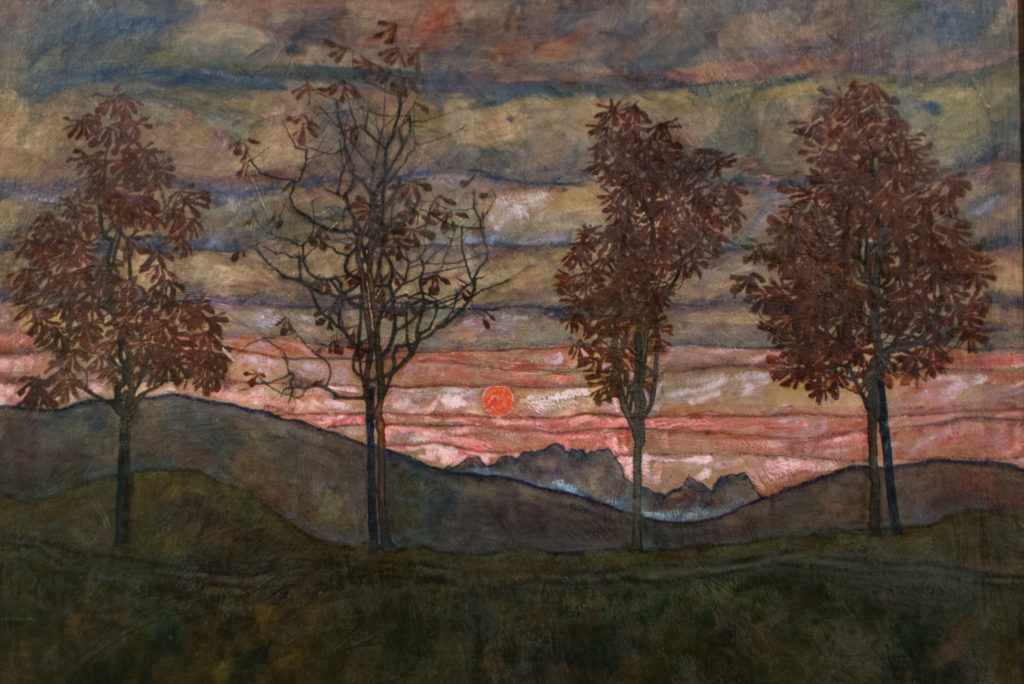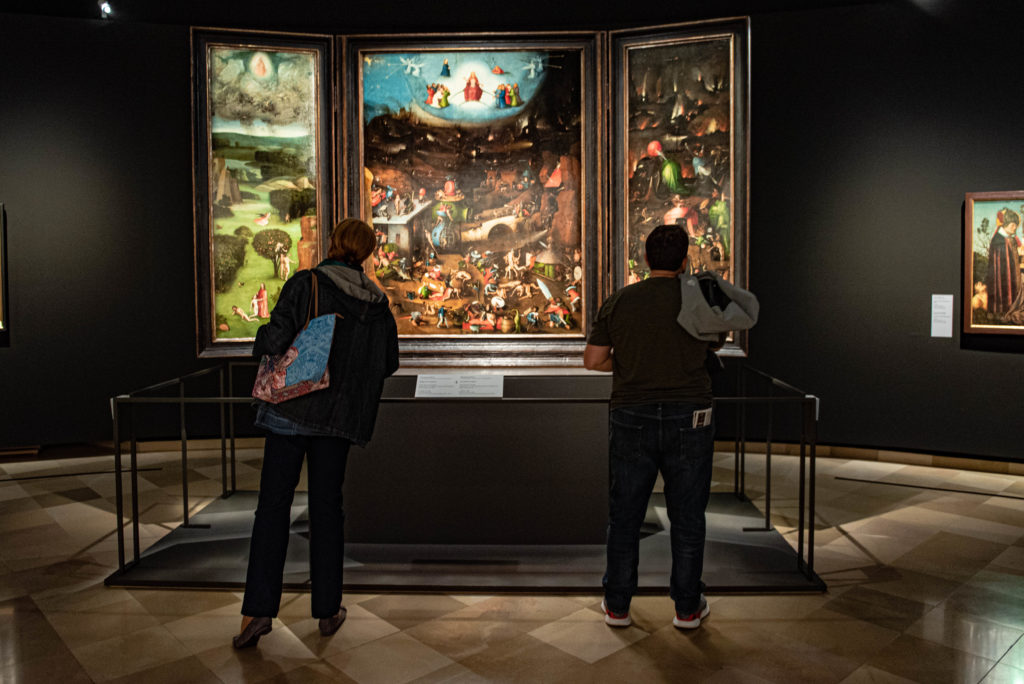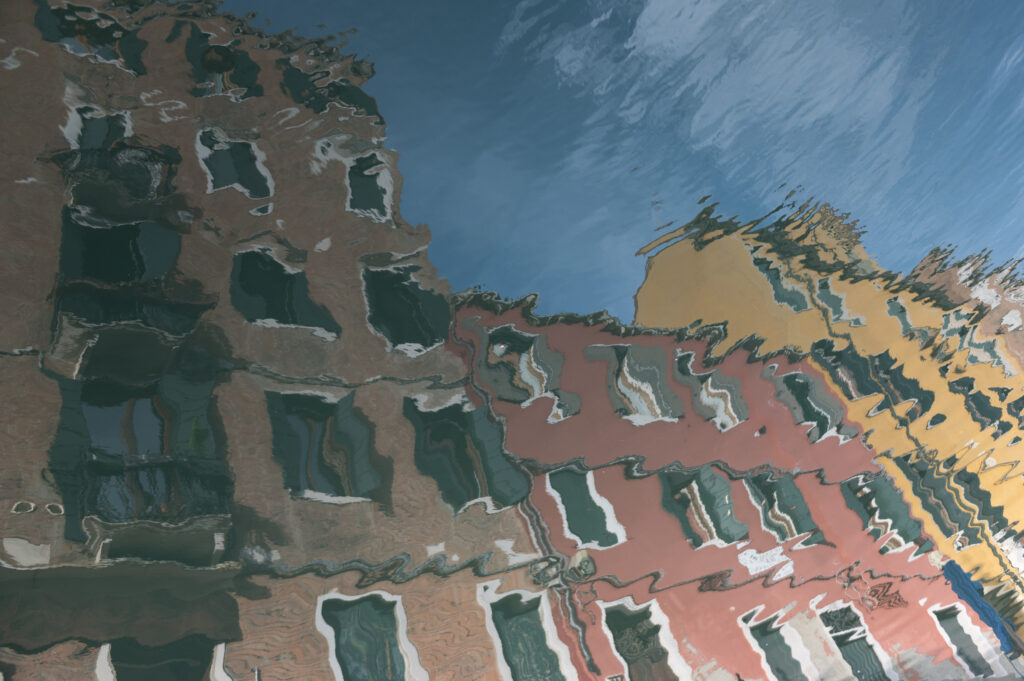
Ladies, you who find yourselves still free and unbound
by those strings of love
in which I and so many others are entwined.
If you long to know what this
Love is, who made himself Lord and God
Not only in our, but in ancient times.
It’s a burning affliction, a vain desire
A deceptive shadow, a wilful deceit
for whom you forget yourself and your own good;
a breathless quest for a little pleasure
that you never find, or if you do,
will only cause you sorrow and ruin.
The Venetian poet Gaspara Stampa was born 500 years ago. In her lifetime she was hailed as the greatest female voice of the Italian Renaissance: a sought-after singer and performer at the accadamie, the literary salons, she was dubbed a “Sappho de’ nostril dì” (a Sappho of our days) not only but most notably by fellow poet Benedetto Varchi. Like the ancient Greek singer, Stampa too was a poet of love, of loss and recollection, and like Sappho’s, her poems were of great musicality: to be sung and performed. Her only published work, Rime di Madonna Gaspara Stampa, which tell of her suffering from an unhappy love affair with a noble man, appeared in 1554, six months after the aforementioned lover had announced his marriage to another woman, and six months after Gaspara Stampa’s sudden death at thirty-one.

All the fires of hell together
next to my great flame
are nothing, or little;
for where hope is gone
the soul, bound to always part,
accustoms itself to a grief that never changes.
My torment is greater
because it tastes of yesterday’s joys
thanks to hope;
and this wavering pattern
of joy and torment
makes my suffering all the greater (300/231)
The book was published in a hurry – most likely to benefit from the scandal her presumed suicide caused in the Venetian society. Stampa was only thirty-one, childless and unmarried. The parish register of Santi Gervasio e Protasio recorded the cause of death as mal de mare, seasickness.
Despite the book’s instant success, Stampa soon fell into oblivion. When she was re-discovered, in the late 18th century, the literati of the early enlightenment romanticized her as the devoted, suicidal lover, or discredited her as a courtesan; in any case they belittled her work. With the honourable exception of R.M. Rilke, it was only within the last two decades that the multi-layered grandezza of Stampa’s work been rediscovered, and her name restored as a confident, idiosyncratic poet. Stampa was not (only) a female, but a feminist voice that addressed the obstacles women faced then, and half a millennium later, still do.
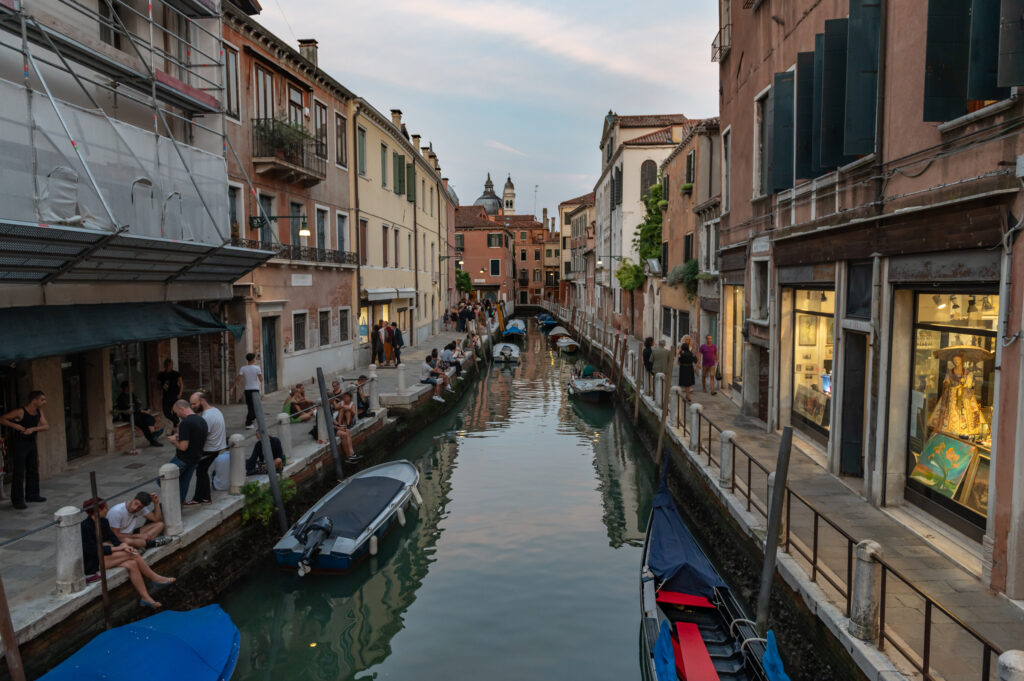
Weep, Ladies, and may Love weep with you, since he who hurt me does not cry.
Stampa’s legacy has too long been overshadowed by the question of her sexuality. Much energy has been put into proofing that a woman who writes as beautifully and lovingly could not have been a courtesan. But to answer this question, after 500 years, we must pose many more questions, and most importantly ask ourselves: Why do we need to know so urgently?
Like her contemporaries, Stampa wrote in the Petrarchan tradition, but undermined the patriarchal codes through female agency and sensuality. Whereas Petrarch adored his Laura from afar, Stampa lay in her lovers’ arms. Whereas Laura was voiceless, Stampa spoke as a woman to women. While Petrach’s gaze was male, Stampa did more than gaze: She lived. She lived in Venice, a city embedded in the sea.
The little fish
that only in water lives, and breathes,
expires, the moment
he exits the water.
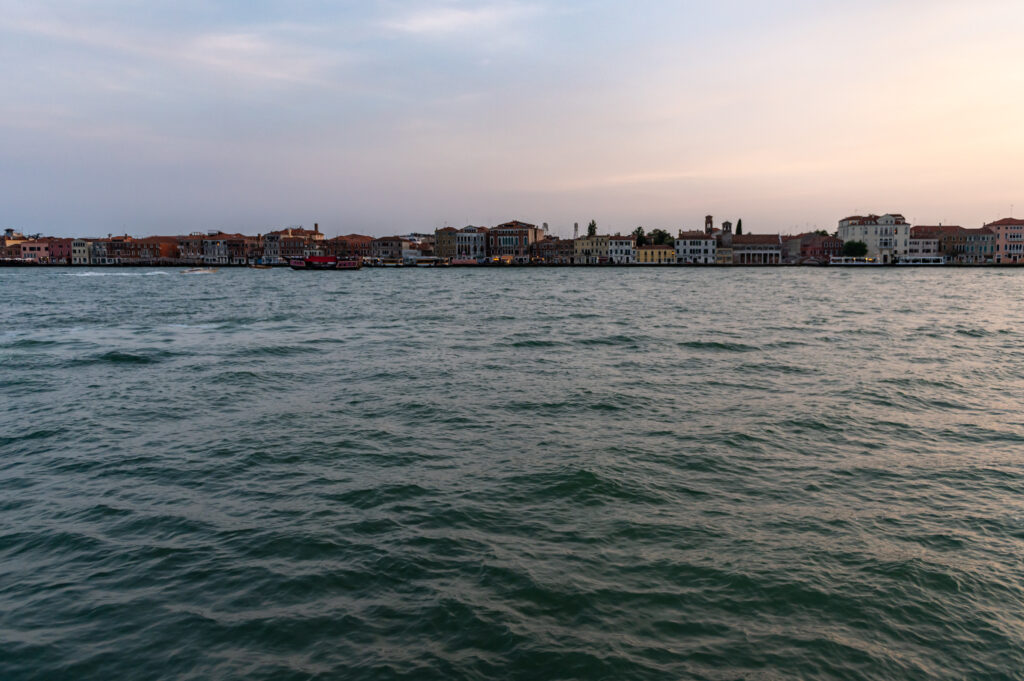
If the city of Venice is shaped like a fish, then Stampa’s neighbourhood, now called San Trovaso, is the gills. Indeed, water in all its forms plays a vital role in her poetry: tears, rain, fountains, waves, and, of course, the Adriatic Sea.
My life is a sea and the waves are my tears
the winds are breaths of sighs
my hope is the ship and my desires
the sail and the oars, that chase it forward.(40)
Stampa’s Venice is not the city of lavish, stuccoed palaces, but the foggy lagoon. L’umor, liquidity, represents the female, the nurturing, the all-embracing element. In its progression, from spring to sea, water symbolizes life, and in its eternal spiralling outwards, self-realisation. As pelago, the stormy sea, it stands, in Stampa’s poetry, for love, death, and oblivion.
You women who have recently embarked
upon these waters full of treachery
and full of error, love’s deep and boundless sea
where so many ships have been snapped in two,
Beware! And don’t go out too far,
or you’ll loose your chance of ever escaping;
Don’t trust in calm waters or favourable winds
that change course so quickly, as happened to me. (64)
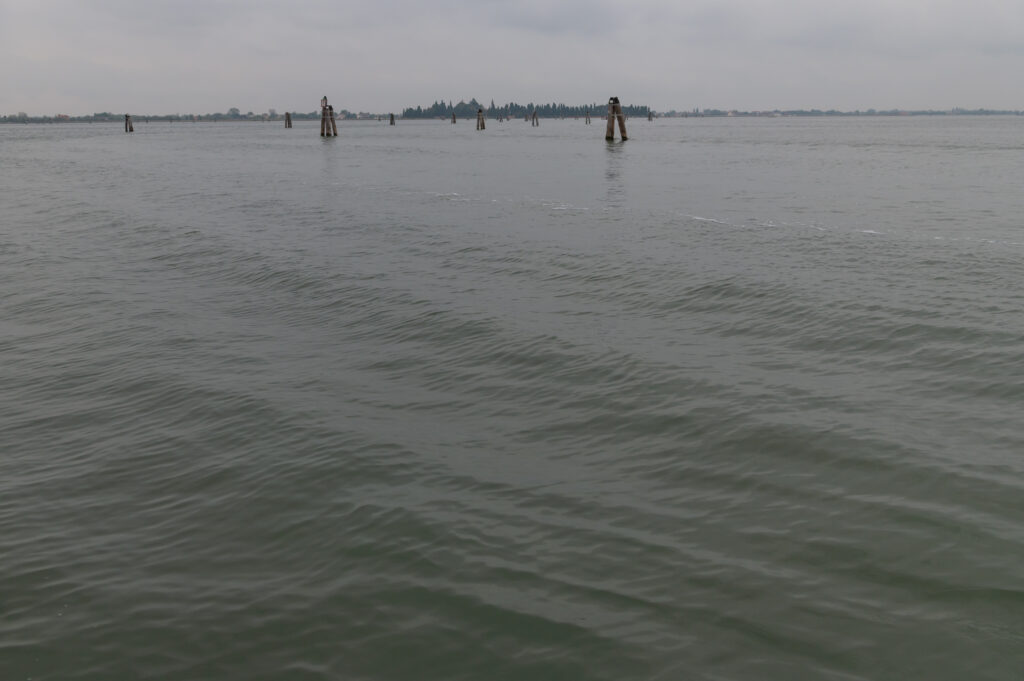
Water, like life, like love, is ungraspable. But to Stampa, a highly educated Renaissance woman, water was not bestowed with any magic or divine powers, as it was according to the hitherto popular (medieval) teachings of Natura Magica. Nature was not governed by occult celestial forces anymore, but had become explainable, calculable, comprehensible through our senses.
Wicked Woman, turn your face to me
My lord cries out, suspended from the cross,
And my blind senses fail to grasp
His angry voice that’s mingled with pure pity.(279/307)
A century before Galileo, Venice had pushed God from the pedestal as the “unmoved mover, il motore immobile already. The Venetian Republic was pioneering in natural sciences, as the long list of inventions – from double-entry book-keeping to quarantine laws to the first factory line – proves.
Philosopher and scientist Bernardino Telesio, teaching at the time at the near-by university of Padua, then the most renowned university of the Western world, postulated that the world was made up of two forces – the sun, hot, and the earth, cold. Water, he said, is the only state for us to comprehend the incomprehensible.
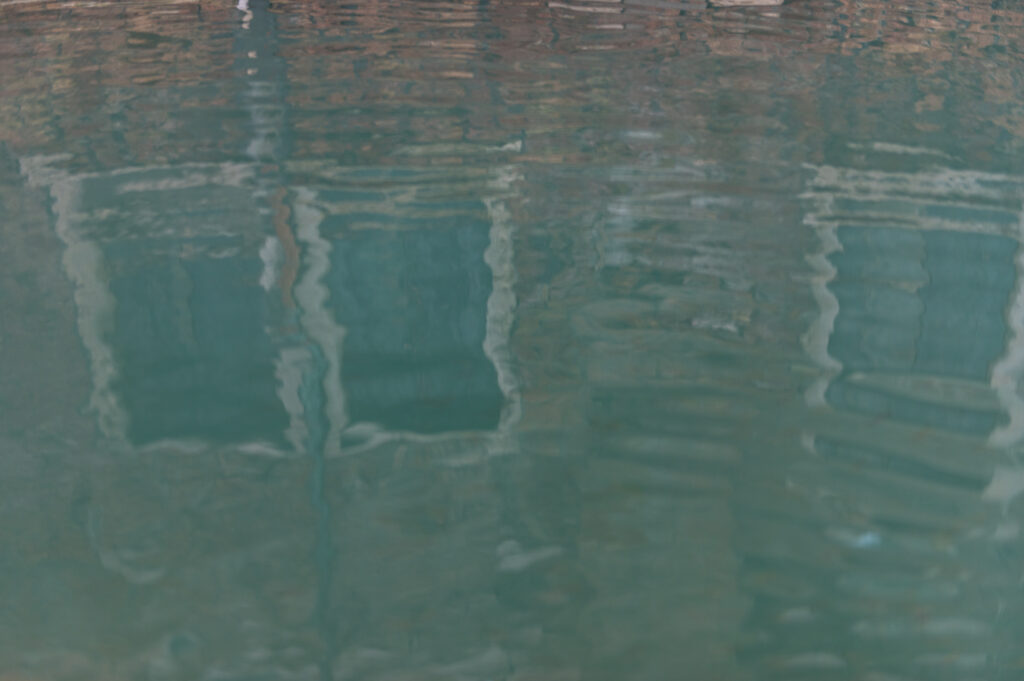
In the run of 310 poems that make up the collection Stampa’s identifies her lover as the nobleman and mercenary Count Collaltino di Collalto. That Stampa positioned her alter ego Anasilla as the active, desiring lover in a consumed, yet unrequited love affair with a real man, demonstrates the oxymoronic standing of women in Venetian society.
O night, to me more luminous and blessed
than the most blessed and luminous of days,
night, worthy of being praised
by the rarest geniuses, not just by me,
You alone have been the faithful minister
Of all my joys, all that was bitter
in my life you’ve rendered sweet and dear
and placed me in the arms of the man who bound me. (104)
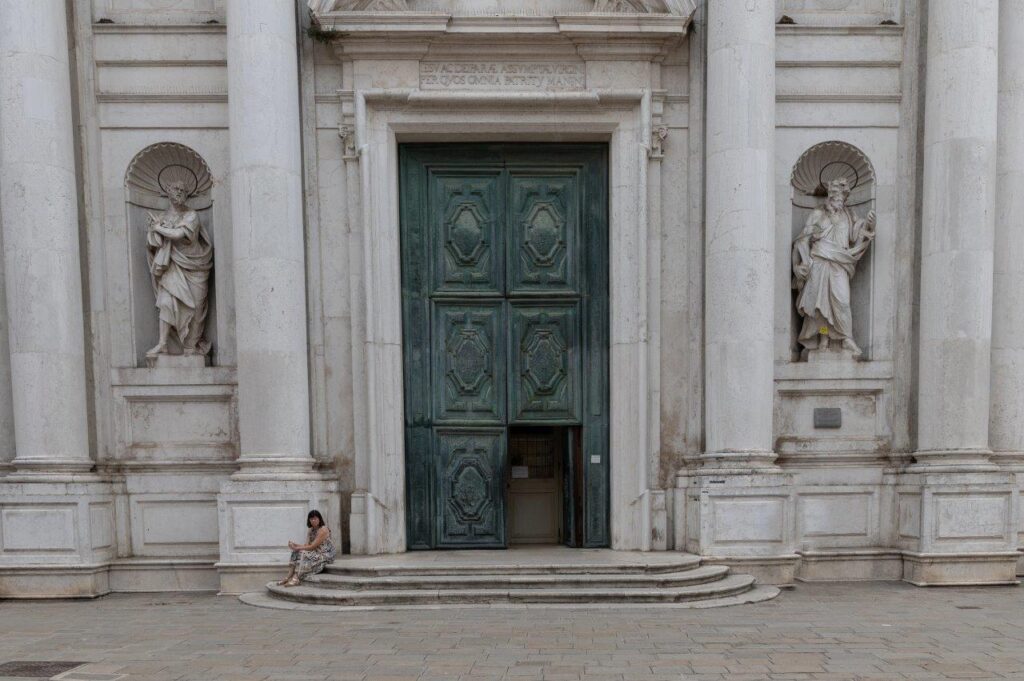
The city was torn between a stark catholic veneration of the Virgin Mary and of Venus Anadyomene, the goddess rising from the sea, who served as the city’s icon. In the 16th century, the long tradition of eroticism in Venetian art culminated in Titian’s portraits of the Belle Veneziane, Venetian Gentlewomen with their breast exposed, or Tintoretto’s Gloria del Paradiso at the Palazzo Ducale, which alludes more to an orgy than to an angelic convention. Even altar pieces and church ceilings were peopled with saints in the throes of passion: Taunt skin over bulging muscles, as seen in the Fumiani’s ceiling painting at church San Pantaleone, or in Titian’s assumption of the Virgin Mary in the chiesa Sta Maria Assunta, where he depicted the angels flanking Virgin Mary in the throes of passion.
Arousal seemed to be the end of Venetian poetry as well, as demonstrated in Ariosto’s Orlando Furioso, or the obscene writings of Pietro Aretino. If Stampa wasn’t as explicit as these two superstars of the 16th century literary scene, she left no doubt:
Since every hour I learn new delights
In love along with joys unusual,
Ever seeing in that angelic beauty
Some new pleasure or some new miracle.
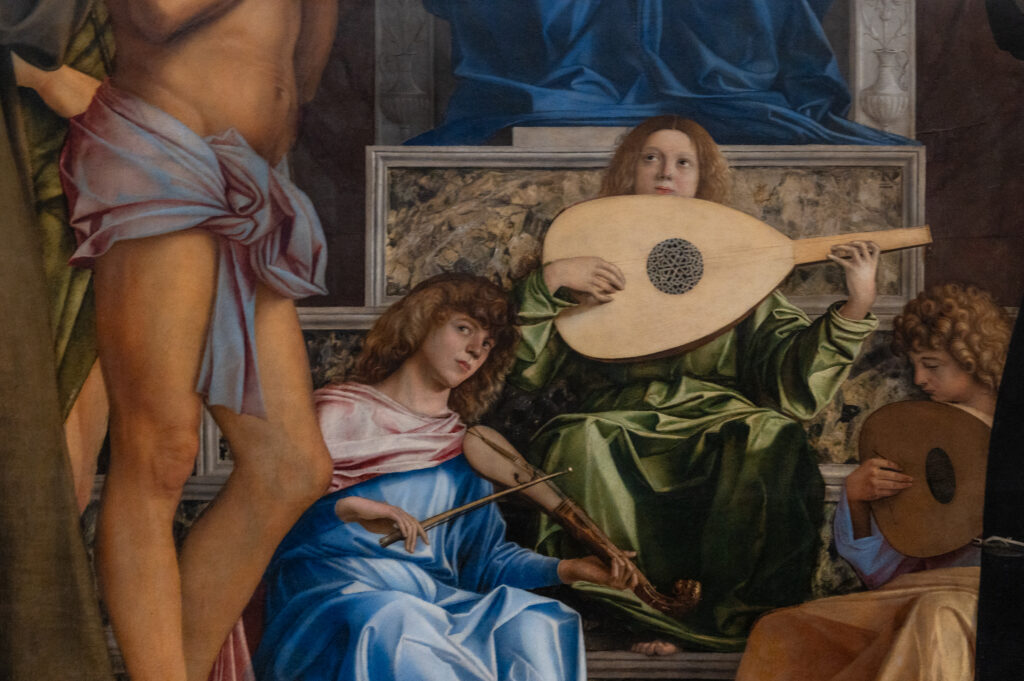
Venice’s Virgin-Venus-dichotomy can also be expressed in numbers: For a population of 180,000, there were 138 churches, and, as an English traveller in the 17th century wrote home, 11,000 courtesans. The number of courtesans might have been exaggerated. Not all of the so-called honourable or honest Courtesans, cortigiane oneste, were listed in the “Catalogo di tutte le principali e piu honoreate cortigiane di Venezia,” a kind of telephone book for upper class men, or a travel guide for noble gentlemen from abroad. Gaspara Stampa’s name is not in the book.
Instead, Stampa likened herself to Mother Mary. On the occasion of Christmas 1548, which happened to be the time she met her lover, Count Collaltino for the first time, Stampa allegorizes her heart to the virginal womb:
It was near the day the creator
came in human form to reveal himself
when he could have stayed in his lofty domain
issuing forth from the virginal womb,
that my illustrious lord, for whom
I have scattered so many laments,
and who might have lodged in a place more sublime,
made himself a nest and refuge in my heart. (II)
In this stanza, Virgin Mary is not merely the vessel, but the a virginal creator, the single producer of God’s human form. Stampa depicts her heart as a womb that cradles however not a lover, but love per se – an important distinction: while Mary is sanctified as Mother of God, Stampa makes herself Mother Of Love: she places love above the lover.
In a reversal of traditional roles, her male lover becomes her muse, and not her Lord. While she gets to speak, to write, to act, her Count Collaltino is not given a voice. He goes down in history as Stampa’s doubtable lover.
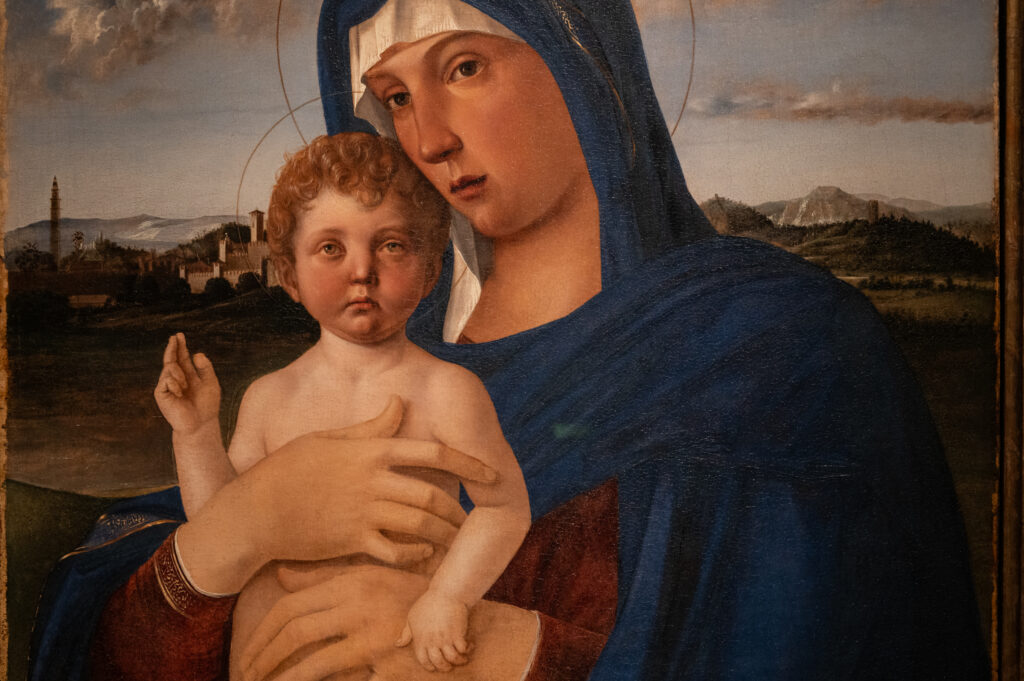
Apparently, Stampa never hoped for a child. In her time, pregnancy was a life-threatening state for a woman. Aware of the high risk of death during childbirth, women wrote their will with every pregnancy – starting at an early age and writing many wills in the run of their fertile years. Stampa never wrote a testament – her poetry is testimony enough of her suffering:
I burned, I wept, I sang, I weep, I burn
I sing, I’ll weep, I’ll burn, I’ll always sing
(till death or time or fortune dissolve my wit,
my eyes and heart, my style, my tears and fire. (XXVI)
Stampa’s poems are of an extraordinary passion – rivalling Rumi in his heart break, and yet, her suffering does not lead to spiritual delivery or heavenly assumption. Her suffering is immediate, physical, existential.
Those hot tears and those sighs that you see me
expelling so forcefully they could bring
the storm-tossed sea to a sudden halt
when it’s at its wildest and most violent. (58)
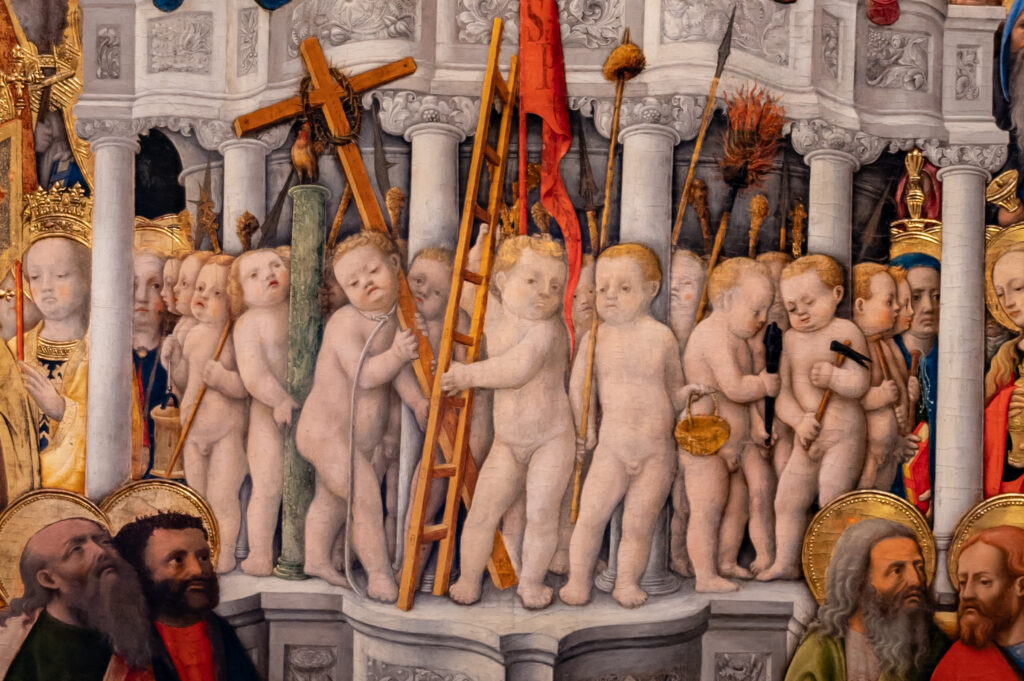
In a mercantile society like the Republic of Venice everything was purchasable. Art, faith, and love were business like any other, in form of commissioned art, sacral art, arranged marriages and prostitution.
Prostitution was regarded a source of income for the city. The courtesans’ taxes filled the city’s coffers, and, with tourism already a major economic driver, their fame and the prospect of sexual adeventures attracted noblemen from all over Europe. Besides, the image of the honest or honourable courtesan, a beautiful, sophisticated, and independent woman, served Vencie well flaunting the legendary personal liberties the city supposedly afforded her citizens through everlasting peace and democracy.
The courtesans’ social standing differed wildly from that of the lowly prostitute. Courtesans were highly educated, polyglot, trained musicians and fashion-trendsetters – often charging for their services (conversation, music, or sex) separately. Honest courtesans were unaffordable but for the highest echelons of Venetian circles and more often than not hailed from wealthy families themselves, the mother acting as go-between for her daughter. Forming part of intellectual circles, and often hosting salons themselves, they were well-known socialites, performers, poets, and musicians in their own right.
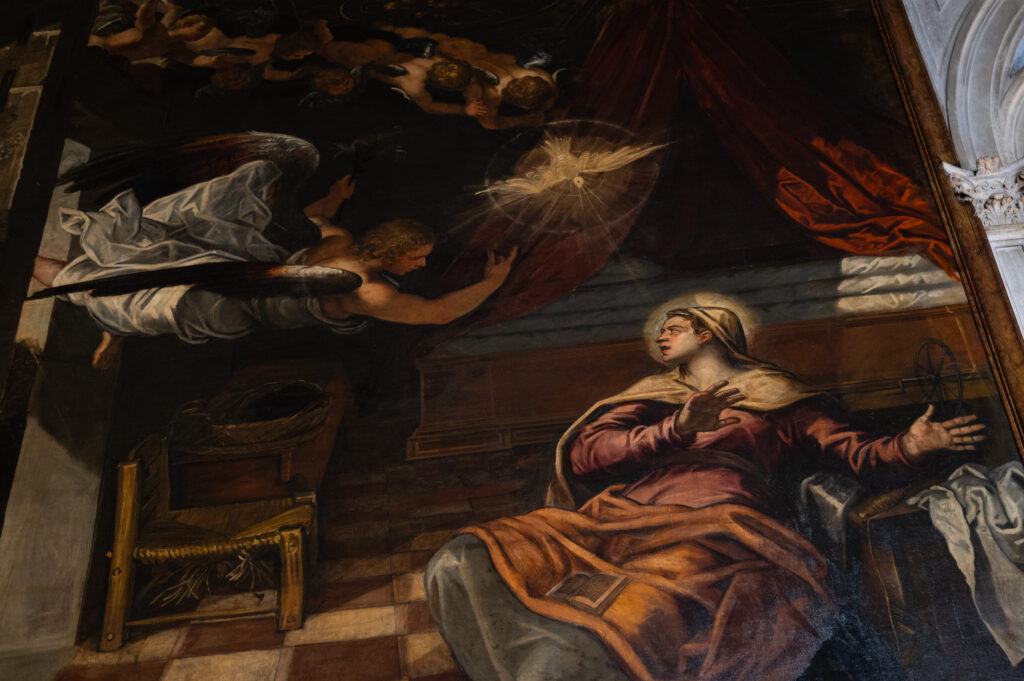
Although in earlier centuries prostitution had been heavily regulated, the city administration changed its policy in the 16th century due to a rise of homosexuality within the population. Considering female prostitution the lesser evil of the two, they started actively supporting brothels. At the Ponte delle Tette (Bridge of tits) prostitutes were decreed to advertise themselves bare-breasted, a sight believed to convert young men to heterosexuality.
Homosexuality was not the only thing on the upswing in the 16th century. So were book publishing and vernacular literature. The rising number of independent printers and publishers made literature easily accessible, also for those traditionally barred from education: women.
Oh Love, what strange and wonderful fits:
one sole thing, one beauty alone,
can give me life and deprive me of wits (Rime 28)
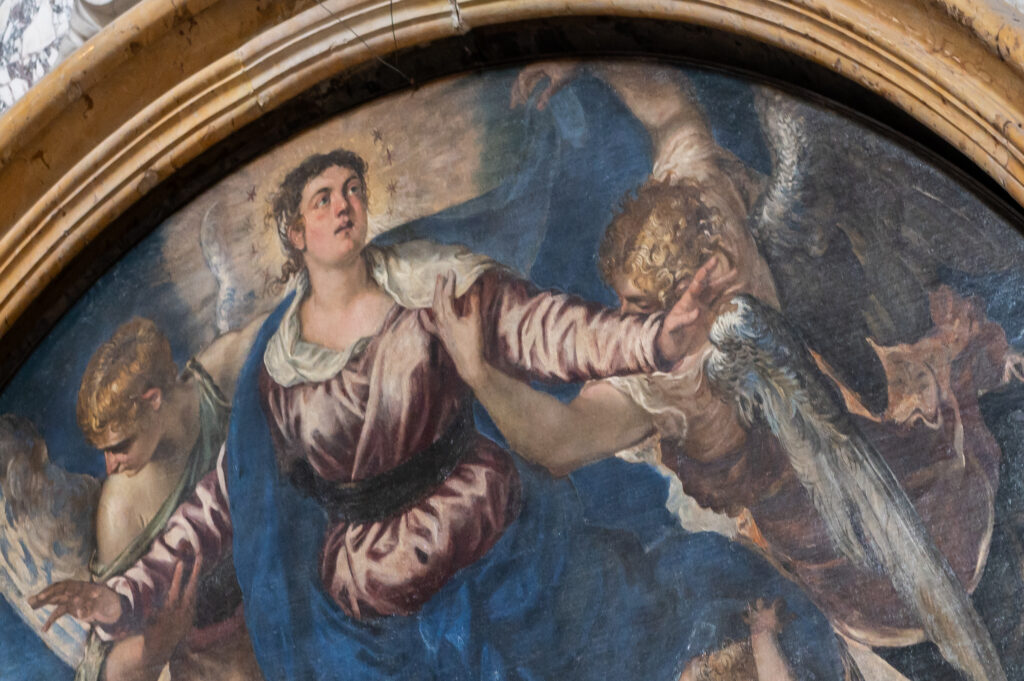
While social mobility and personal freedom in a mercantile democracy were indeed greater than in the aristocratic or feudal city states, women were excluded from politics and public life. Only men were citizens; only men bore arms; only men could be lords or kings. Women were subject to their fathers, then to their husbands or – since the costly dowry system afforded even in patrician families only the first-born daughter to get married – a convent. Sumptuary laws explicitly regulated women’s outfit, from hairdo to jewellery and clothes, precisely indicating their marital status. A woman was but a daughter, a wife, a nun.
Love, how can you put up with this? While you insist
On my fidelity
I’m left with no mercy-
No, without life, myself in the balance! (310)
While men were famously granted great liberties in Venetian society, women were expected to live in taciturn chastity. In fact, the entire system relied on women’s chastity. A household would only be continued if men could rely on the legitimacy of their offspring; A man had to be sure of his daughter’s chastity to transfer her to another man’s household. As property, women were not worthy of erudition.
Stampa was lucky as were few Venetian women. Born into a well-off bourgeoise family, after her father’s death, she and her sister received the same education and training as her brother. It was her mother who made sure of it. In her salon in Santi Gervasio e Protasio, which was frequented by leading artists and intellectuals, Stampa was early on introduced into the artistic circles of Venice. Later, she became a member of several other literary salons, accademie, where she was praised for the beauty of her voice. An acclaimed singer and influential socialite she was high in demand by various writers and composers who hoped to gain fame and access to higher echelons if she interpreted their works.
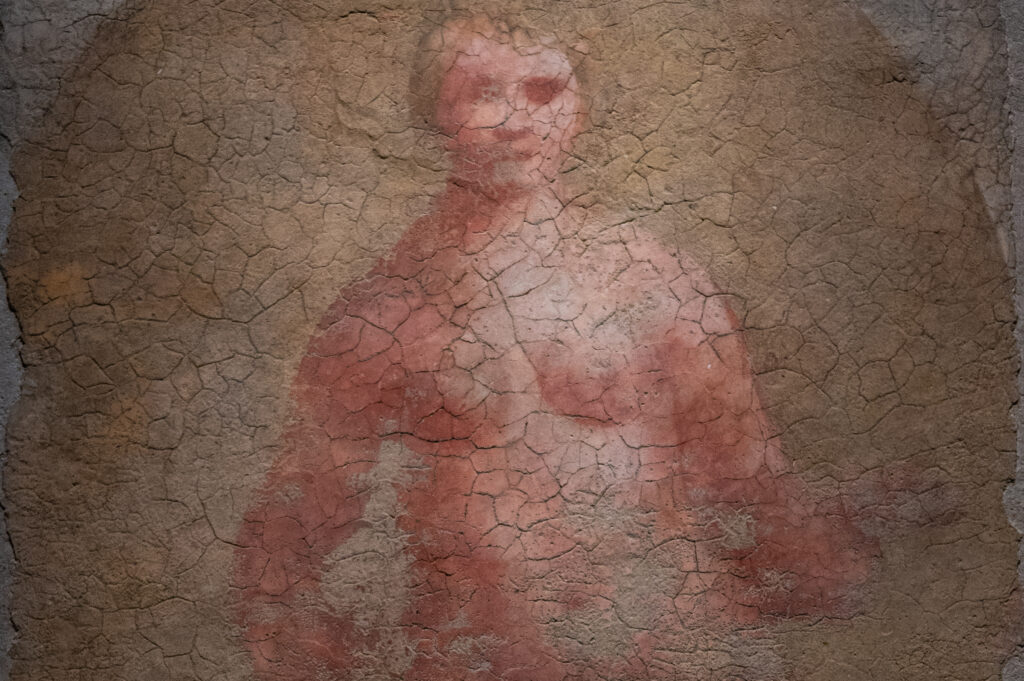
Apart from some but by no means all convents, the demi-monde was hence the only place for women to achieve erudition and self-realisation. Outside the restrictions of society, as courtesans, they could live in economic independence at least for their working years.
It was however a freedom that came with precarity: Exposed to sexually transmittable diseases, to scorn and contempt, to rape and violence. With no set of laws to protect them, they were at the mercy of a protector, a wealthy man, who might change his taste in women any day. If as lovers they were desired, as wives they didn’t qualify – something hasn’t changed, at least not until Pretty Woman.
My destiny is harsh, but harsher still
Is that of my Count; he flees me
I follow him; other men consume themselves for me,
I can’t look at other beauties.
I hate the one who loves me, and love him who scorns me
If he submits to me, my heart protests
While I submit to the one who gives me no hope
To such strange taste have I educated my soul (310)

Count Collaltino famously married someone else, but Stampa didn’t die from a broken heart as the romantically inclined would like it. Her alter ego Anasilla indulges in her suffering, but then finds herself a new lover in whose arms she lies in the final poems of the collection. Poem 57 reveals an astonishingly ambivalent picture of her adoration:
Why do they wear themselves out.
Painting you on canvas, sculpting you from marble
All those who made a name of themselves in this art
Like splendid Buonarotti, or Titian?
When I have sculpted you openly and plainly just as you are
In every piece of my heart and my mind
So your image will never fade
Whether you’re near or far.
But maybe you would like to be depicted
As loyal and gracious, which I how you appear
In all your acts and dealings with others.
Whereas, alas, I can hardly tell you
I carry you around just as I see you
A little inconsistent and disdainful. (206)
Recent research has revealed that many of the love poems believed to be addressed to Count Collaltino, where in fact directed towards Giovanni della Casa, whom she tried to flatter by calling him count. Della Casa had recently published “Il Galateo”, a popular and influential book on formal etiquette and good manners. Indeed, Stampa’s writing was to a much greater extent geared towards improving her social standing, expressing the hope of being embraced by society and not by a specific, single man. She demanded the standing of a man, not a man.
It is probably in this sense that one must read her solidarity when she warns other women — and probably courtesans — of the moody waters of the lagoon: that the moments of equality were short and limited to soirées at the accademie.
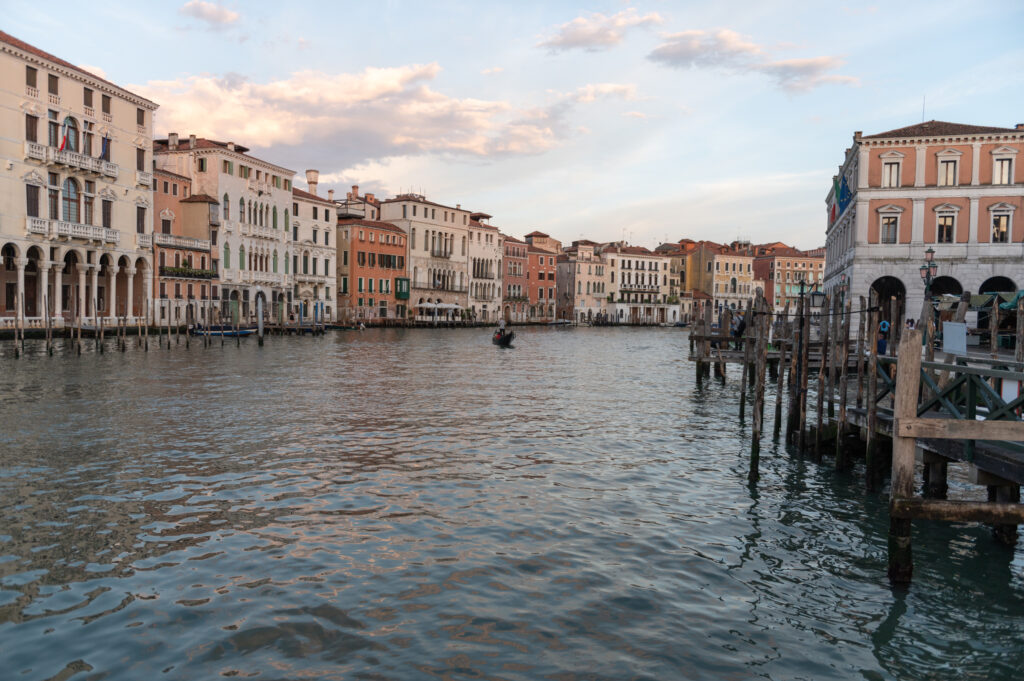
At various occasions Stampa addresses her bassezza, her lower social standing (Egli è nobile, e bel, tu brutta, et vile/ egli larghi, tu hai li cieli avari: he is noble and handsome, you are ugly and base, with him the sky is wide open, for you depressing) and it is through talent and wit and erudition that she in her poems puts herself on par with Vergil, Petrarch, and Sappho. As Rilke would later put it, she earned her gravitas, dignity, through her passion for the infinito – the infinity of her suffering, but not from a broken heart, but from a broken world – a blurred distinction in both poets.
Stampa’s mental health was reported to become increasingly fragile, and short before her sudden death, she suffered a nervous breakdown, or, as it would be called today, a burn-out.
Love has made me like one who lives in flame.
To the world I’m some new salamander;
Nor less strange than that eternal creature
That lives and dies, its nest and pyre the same. (206)
Despite the overwhelming beauty and passion of her writing, Stampa’s emancipation and continuous self-empowerment, her breaking into a male dominated world, her trying to advance in society by her own merits, was probably the most outrageous aspect of her work, and still is. As a woman writing for women, Stampa championed women’s rights. In her poems, she overcame the irresolvable dichotomy with which women are confronted to this day: She was Venus and virgin, lover and beloved, fire and water. And most likely, she was a courtesan, a most honourable profession.
For lack of evidence, the question whether Stampa was a courtesan or not remains unresolved. But if there is a lesson to be learned from her poetry than it is that the answer to this question is irrelevant. Gaspara Stampa died early, unmarried, and childless, in or from a world where carving out a room for one’s own was a matter of life and death.
